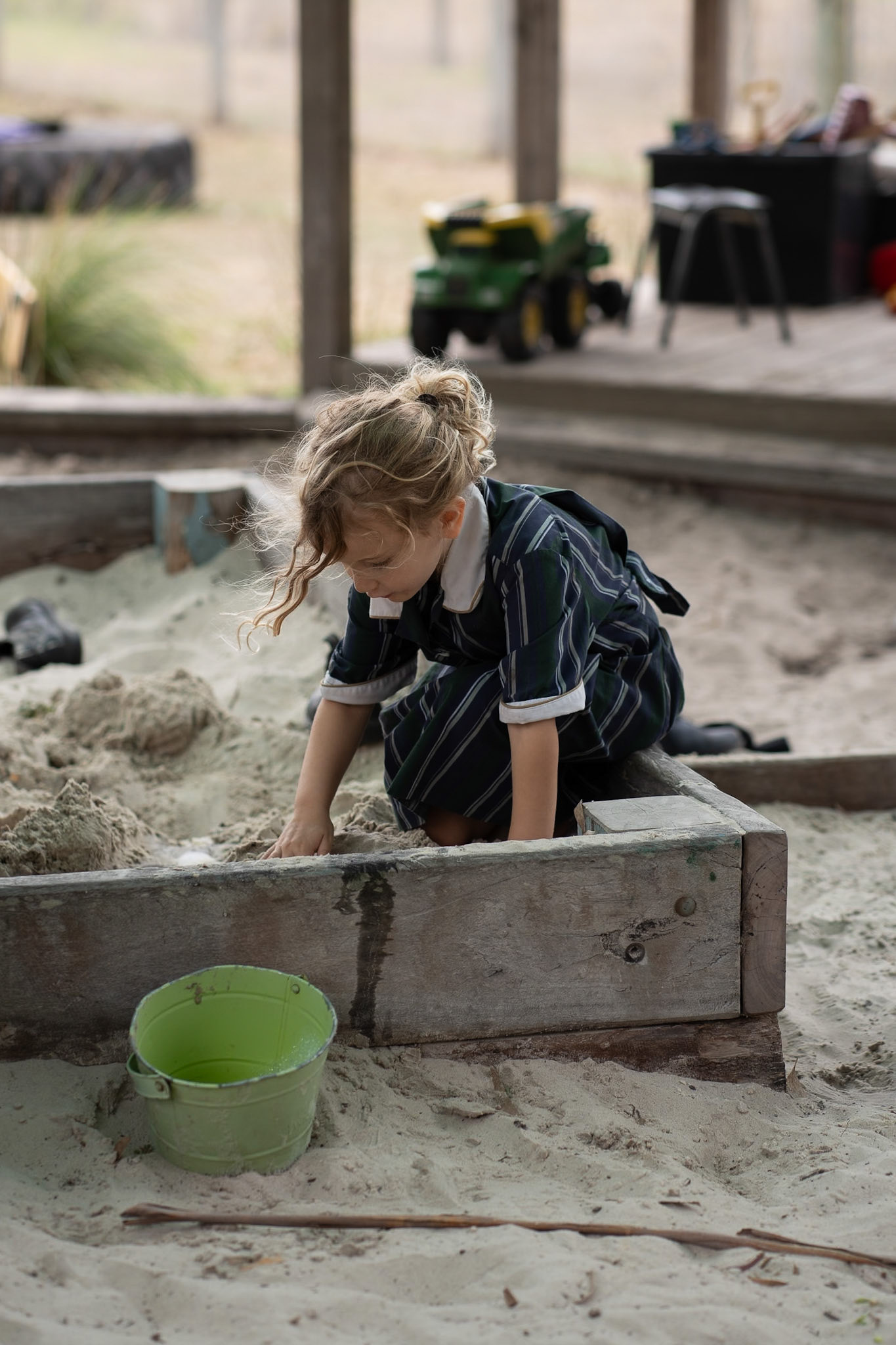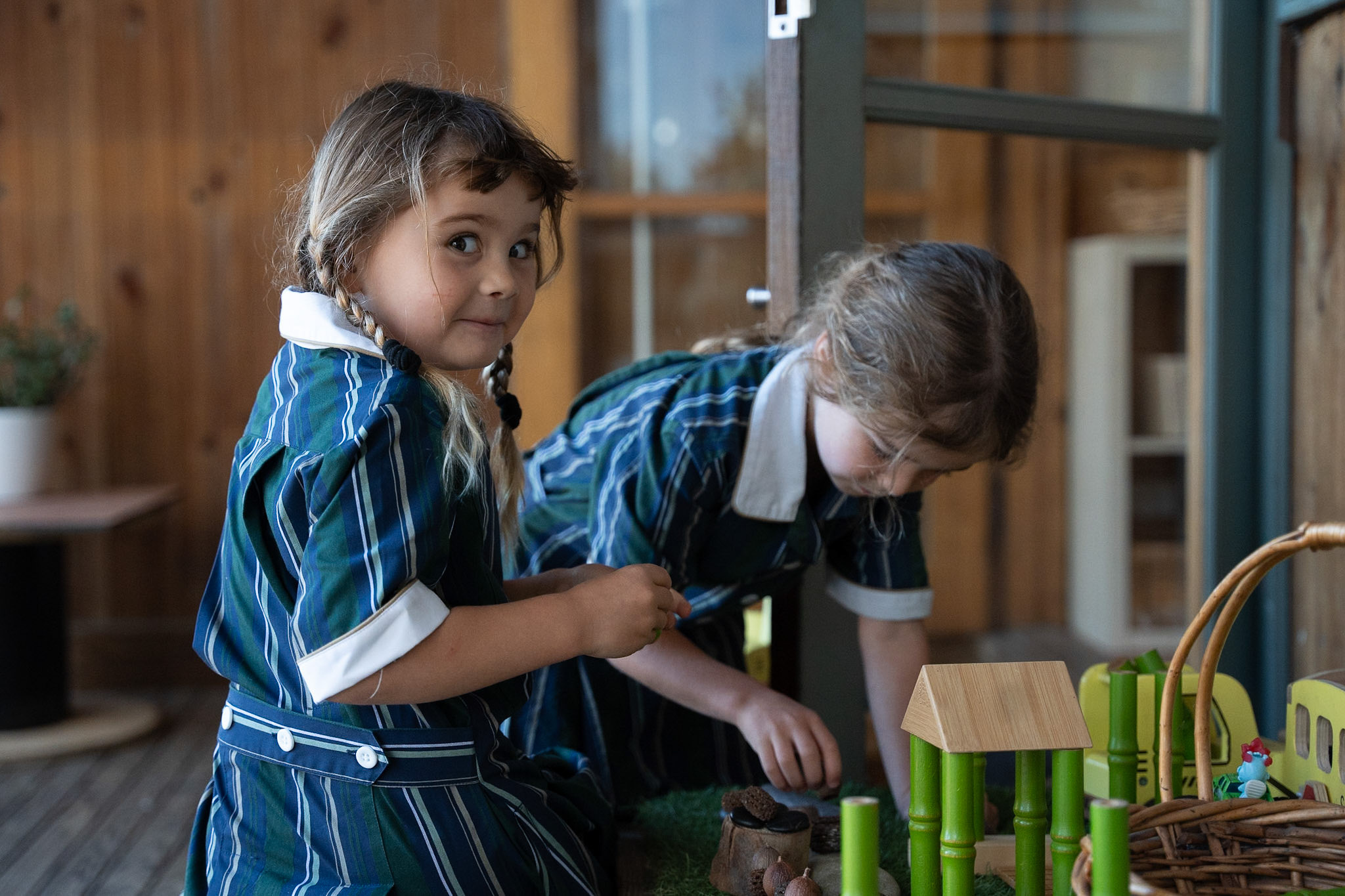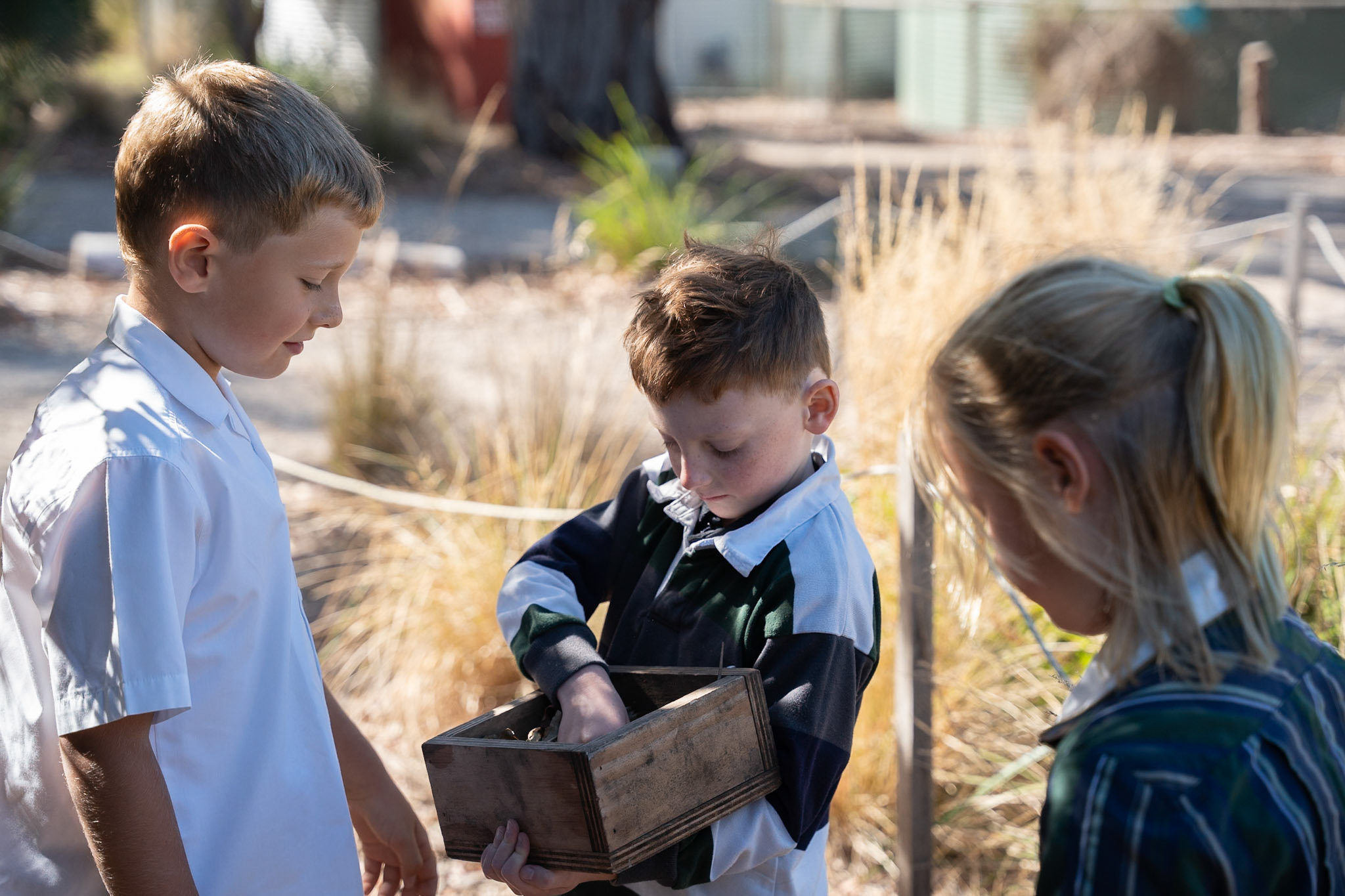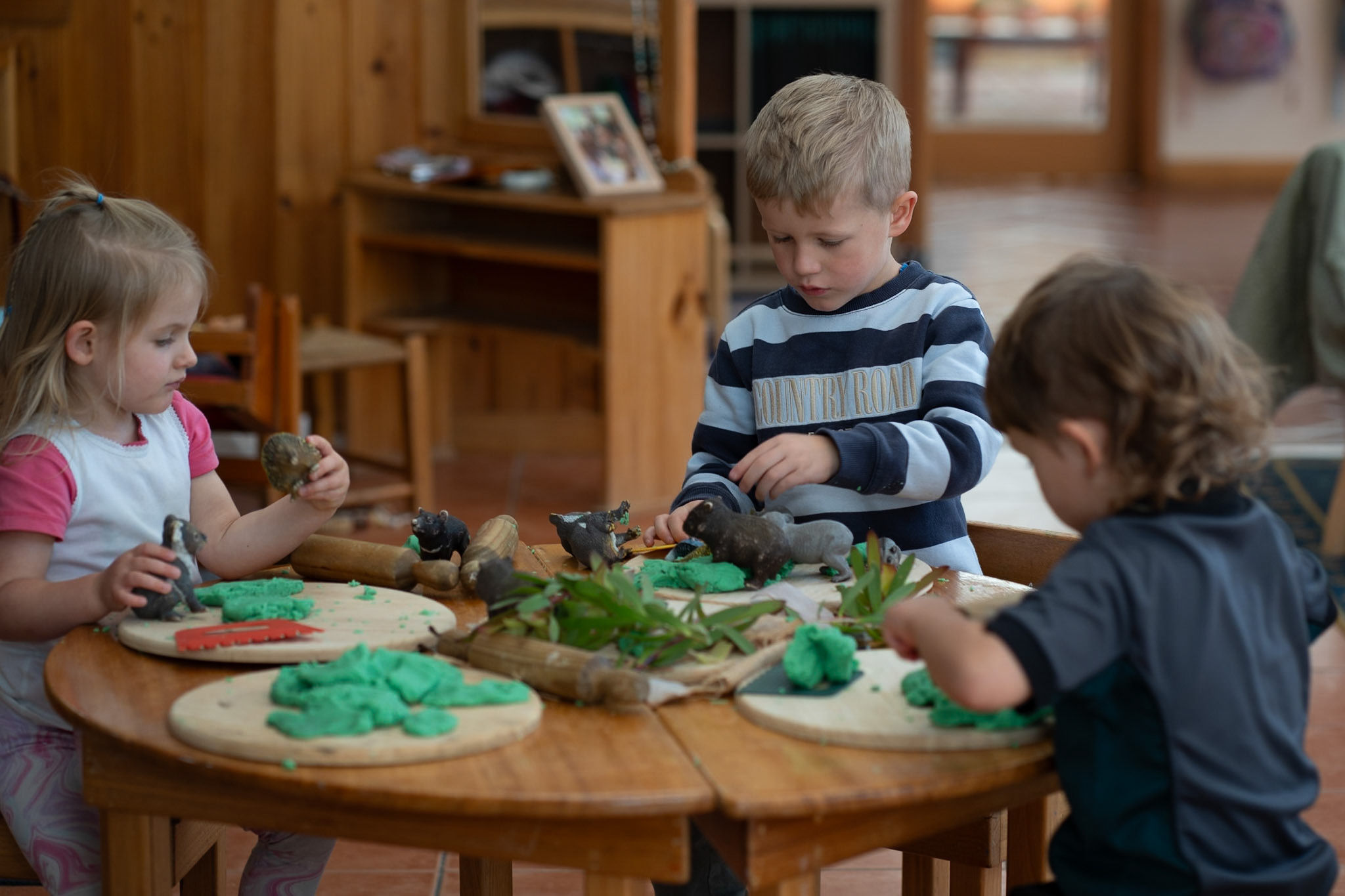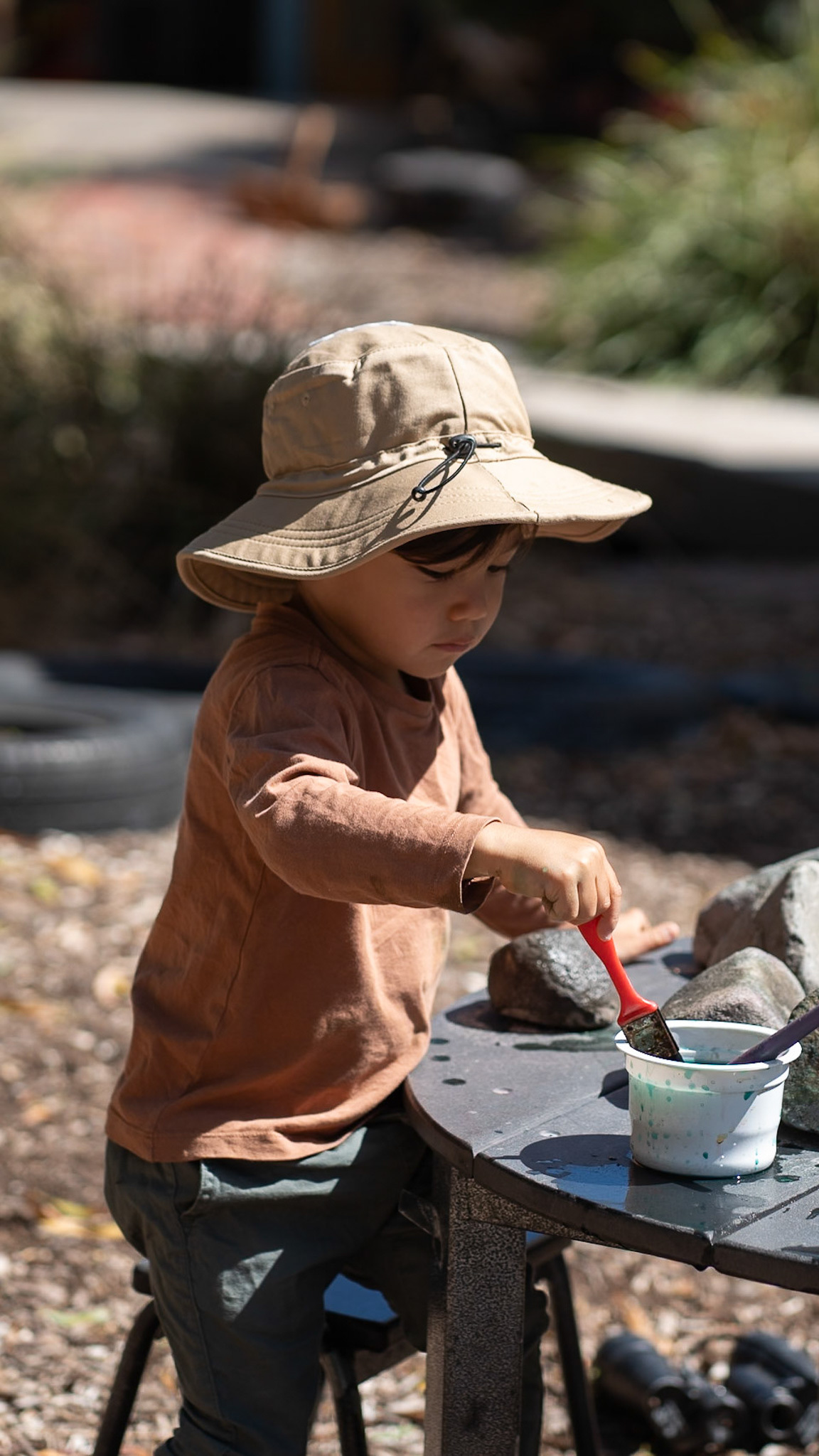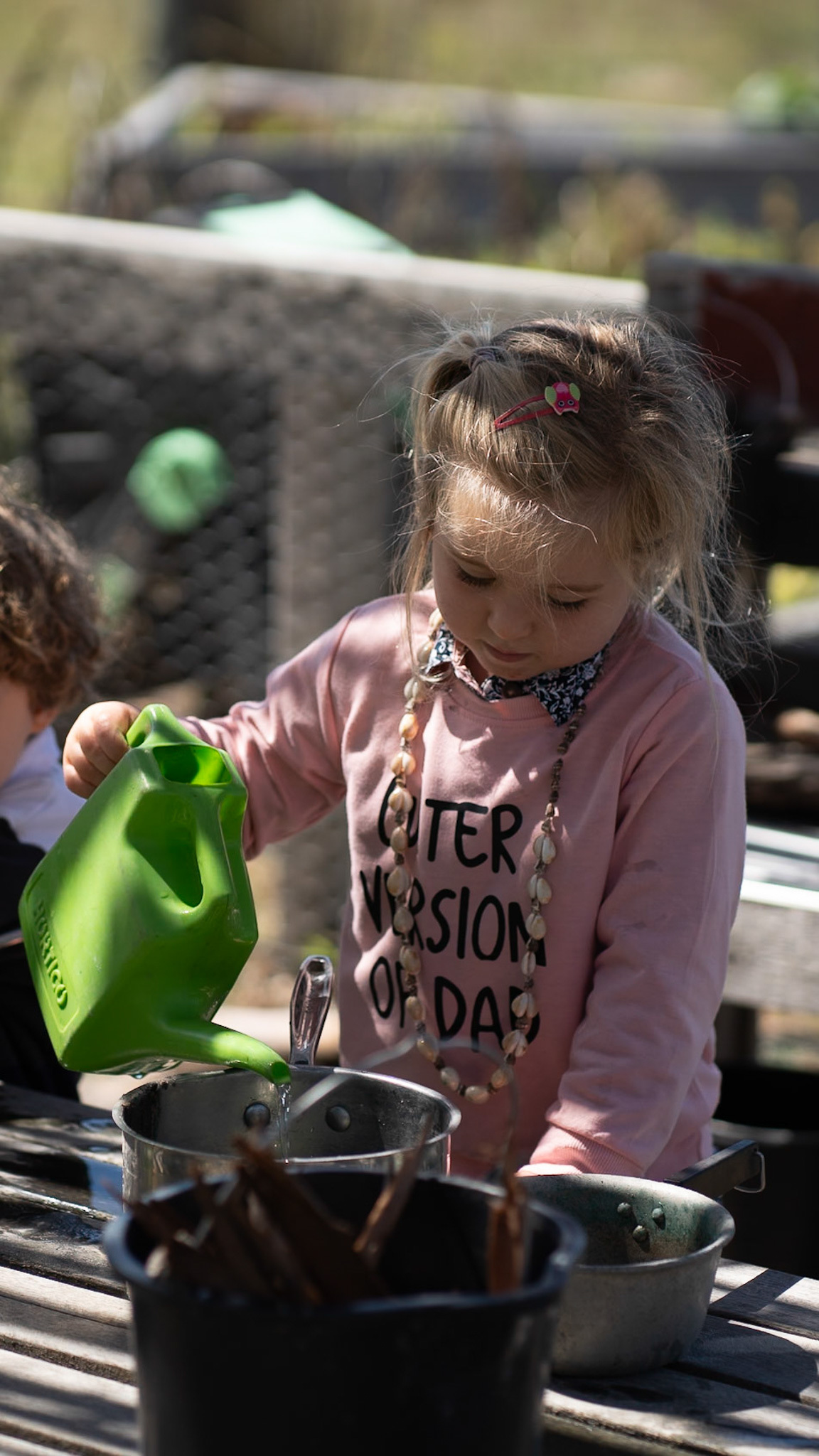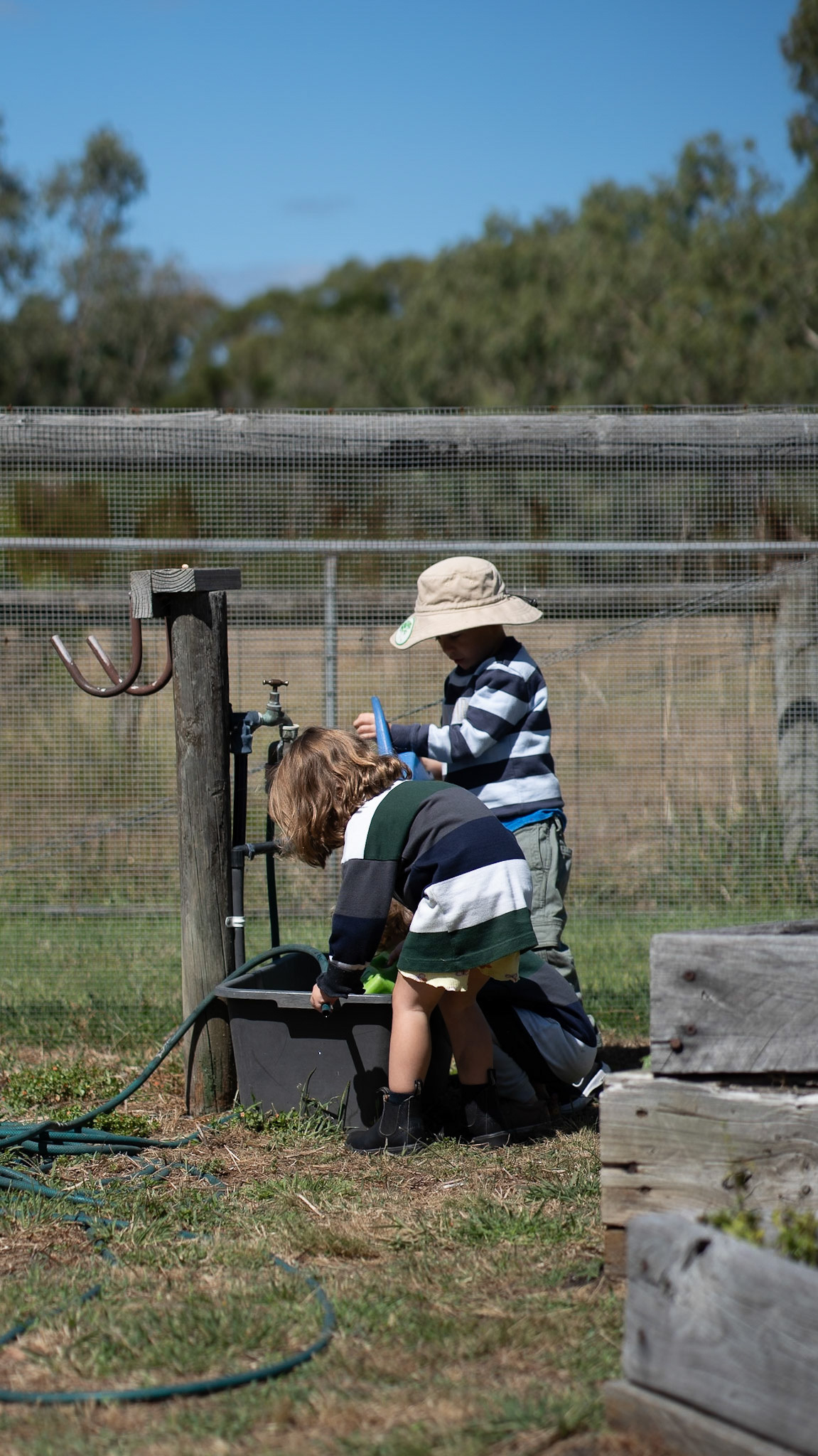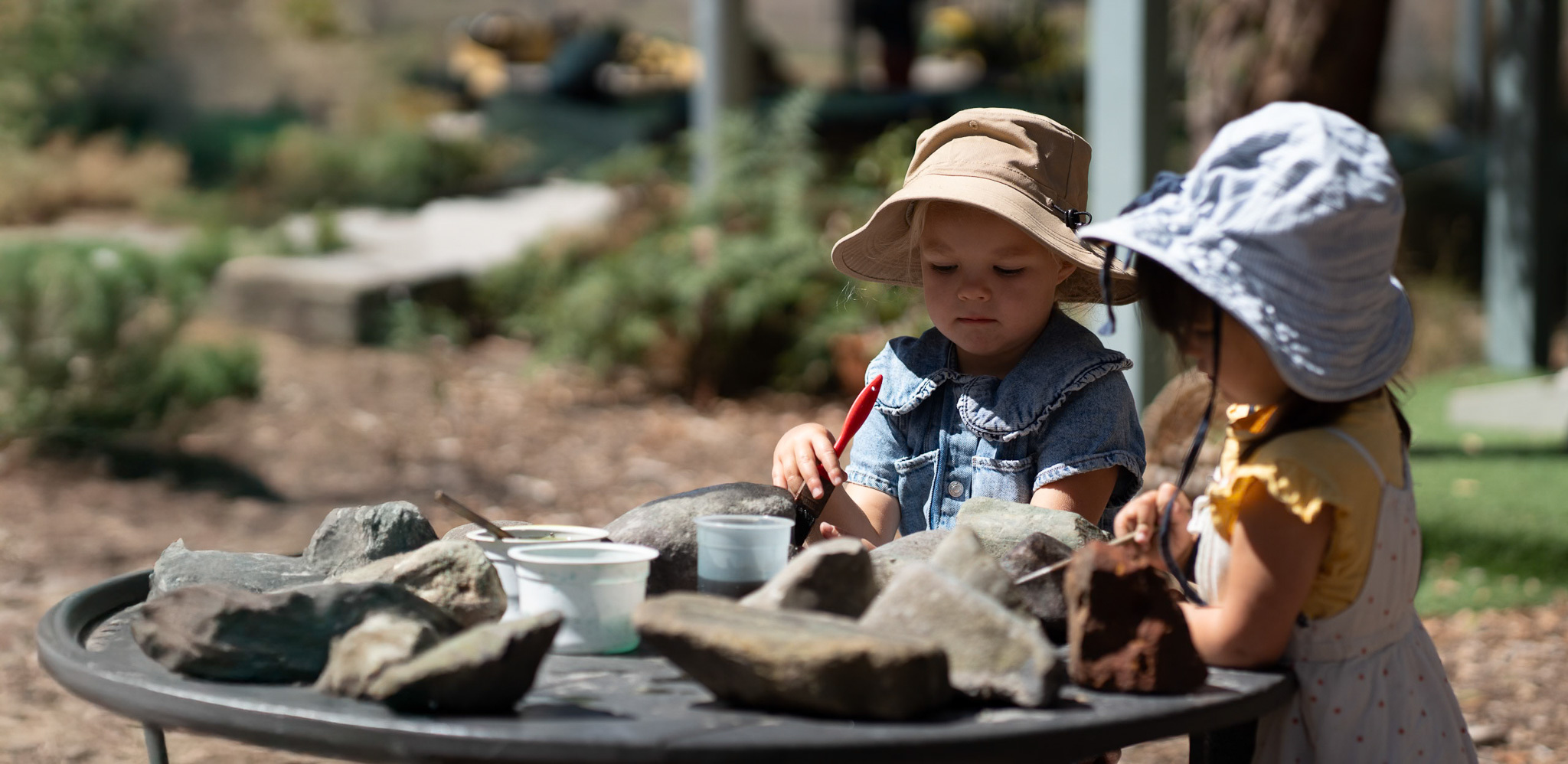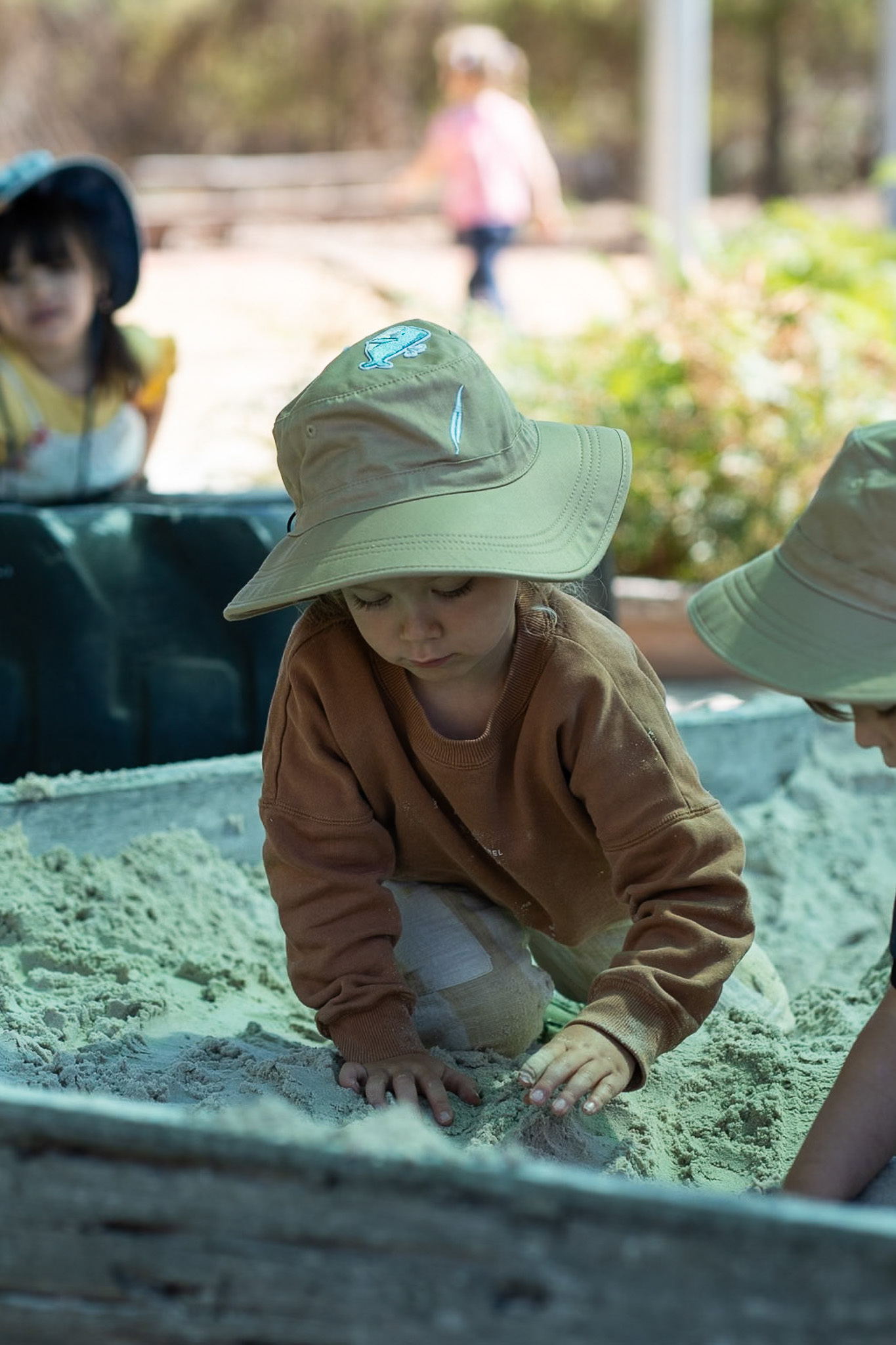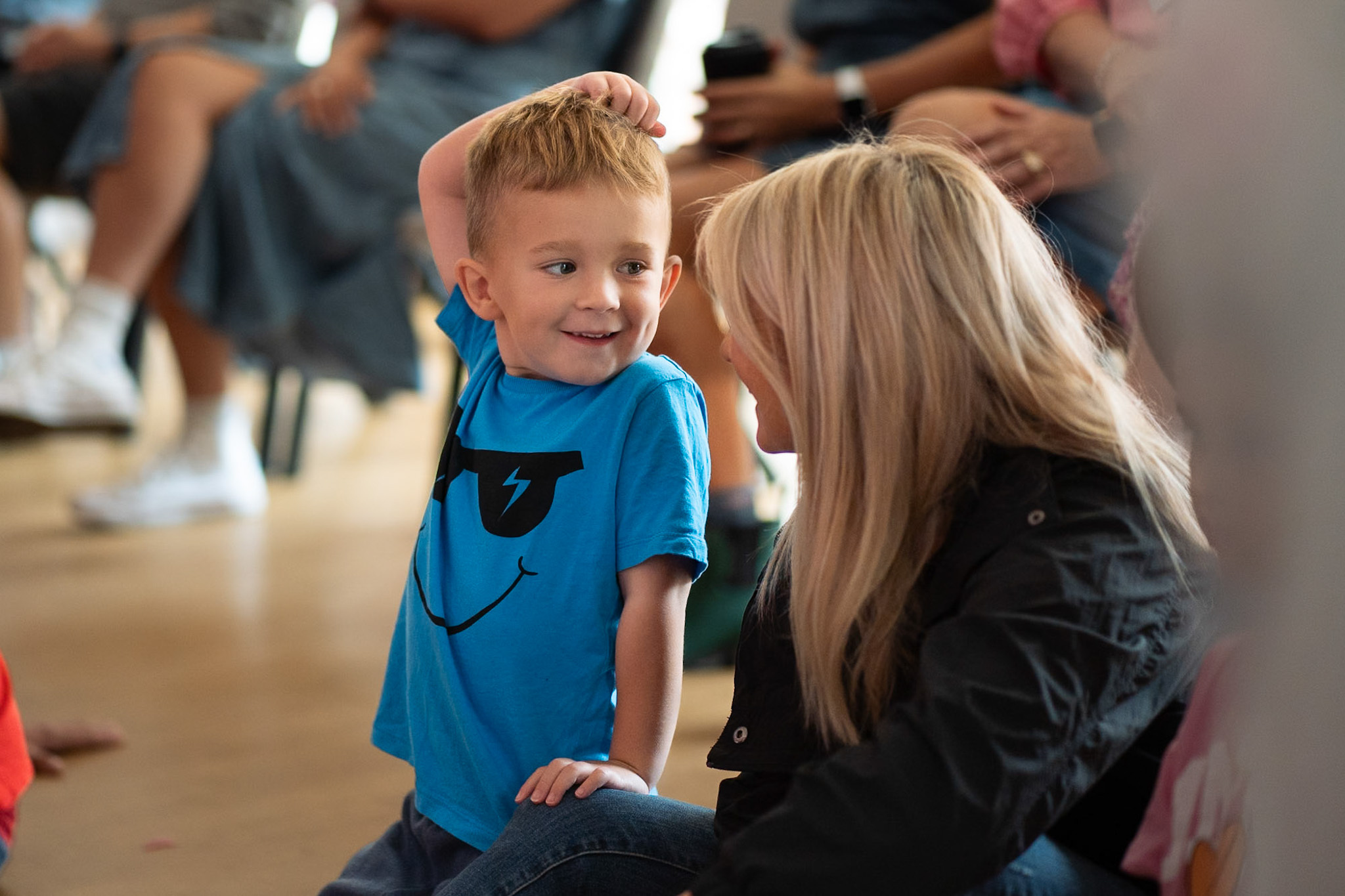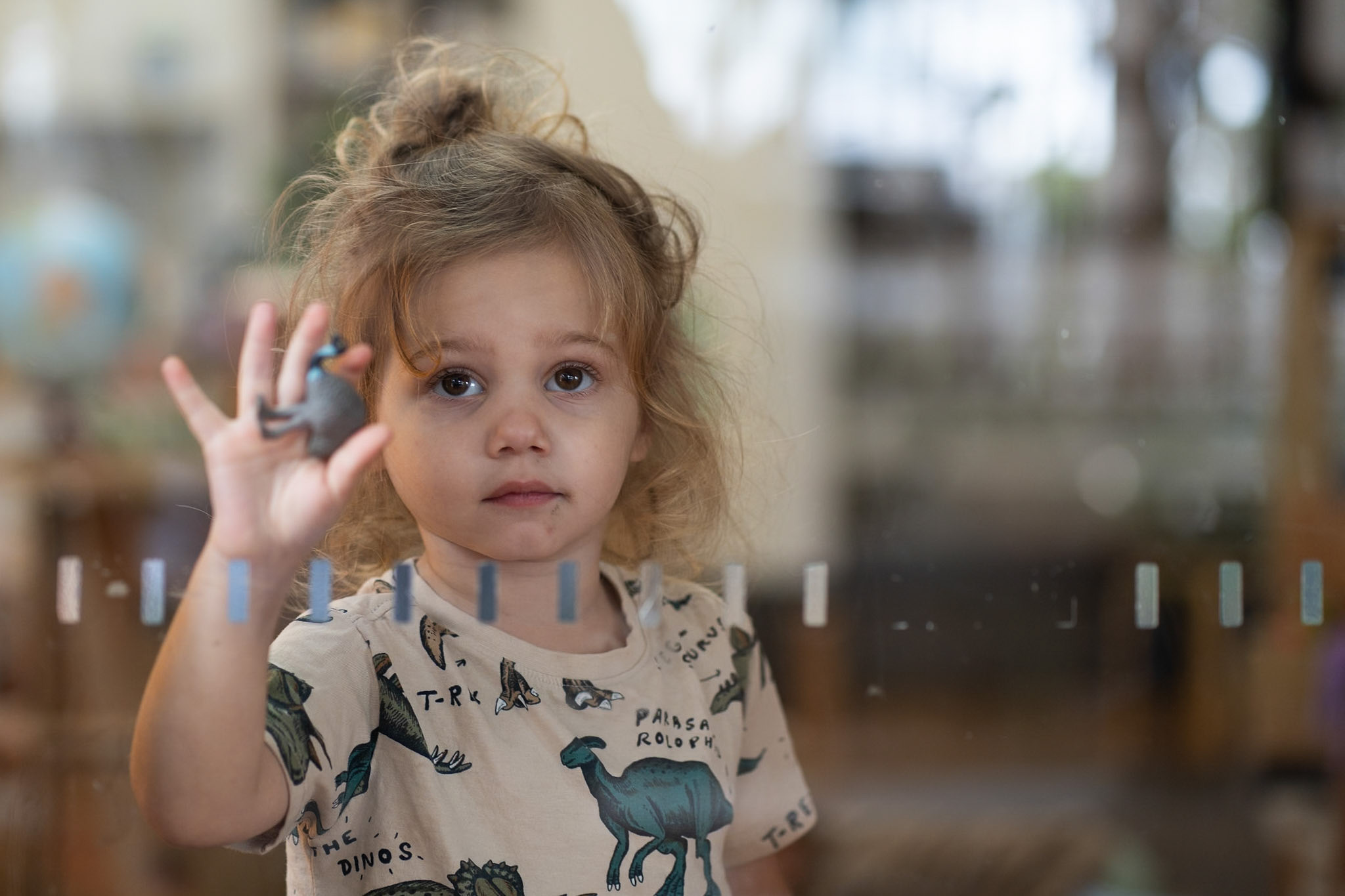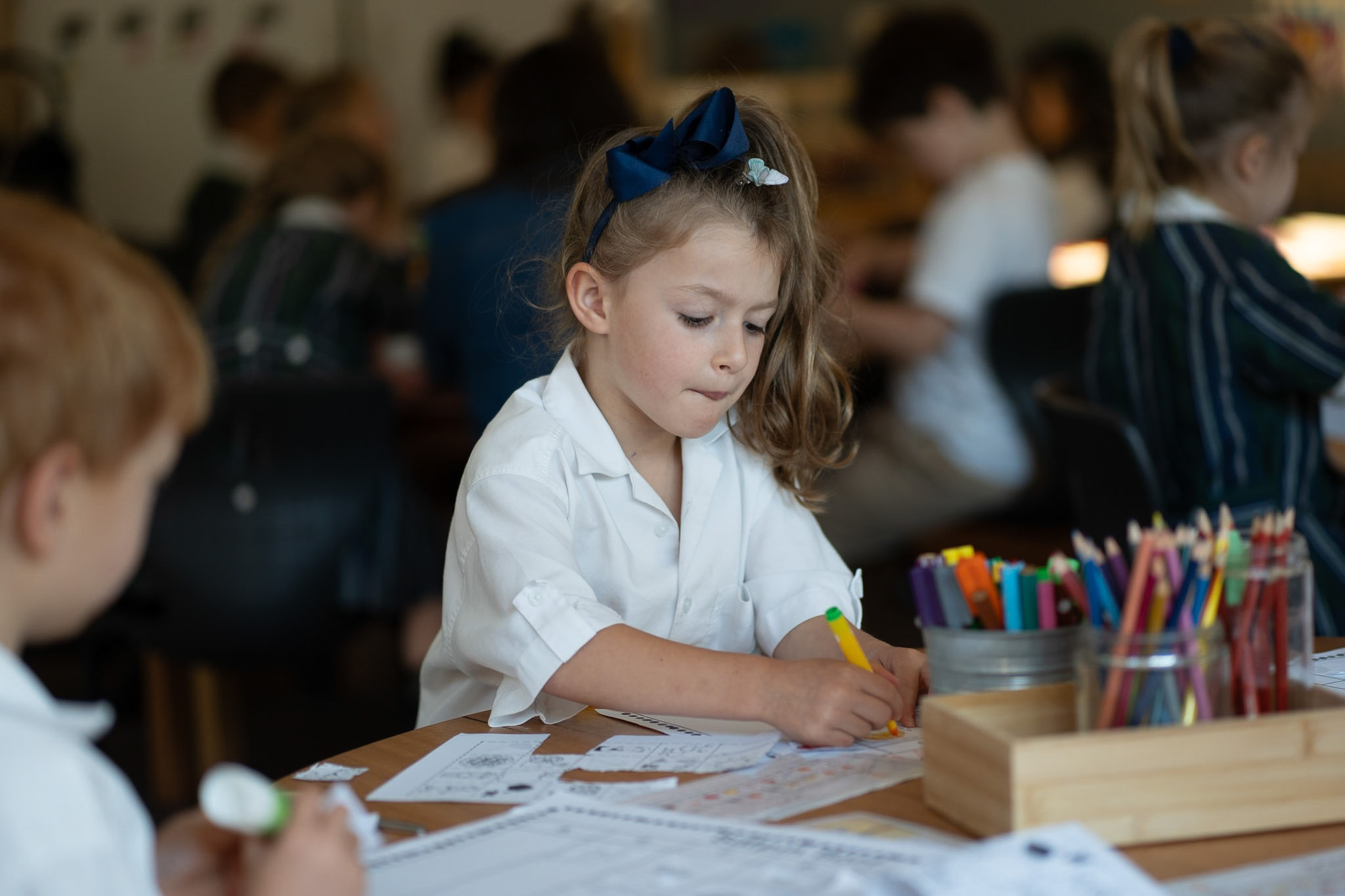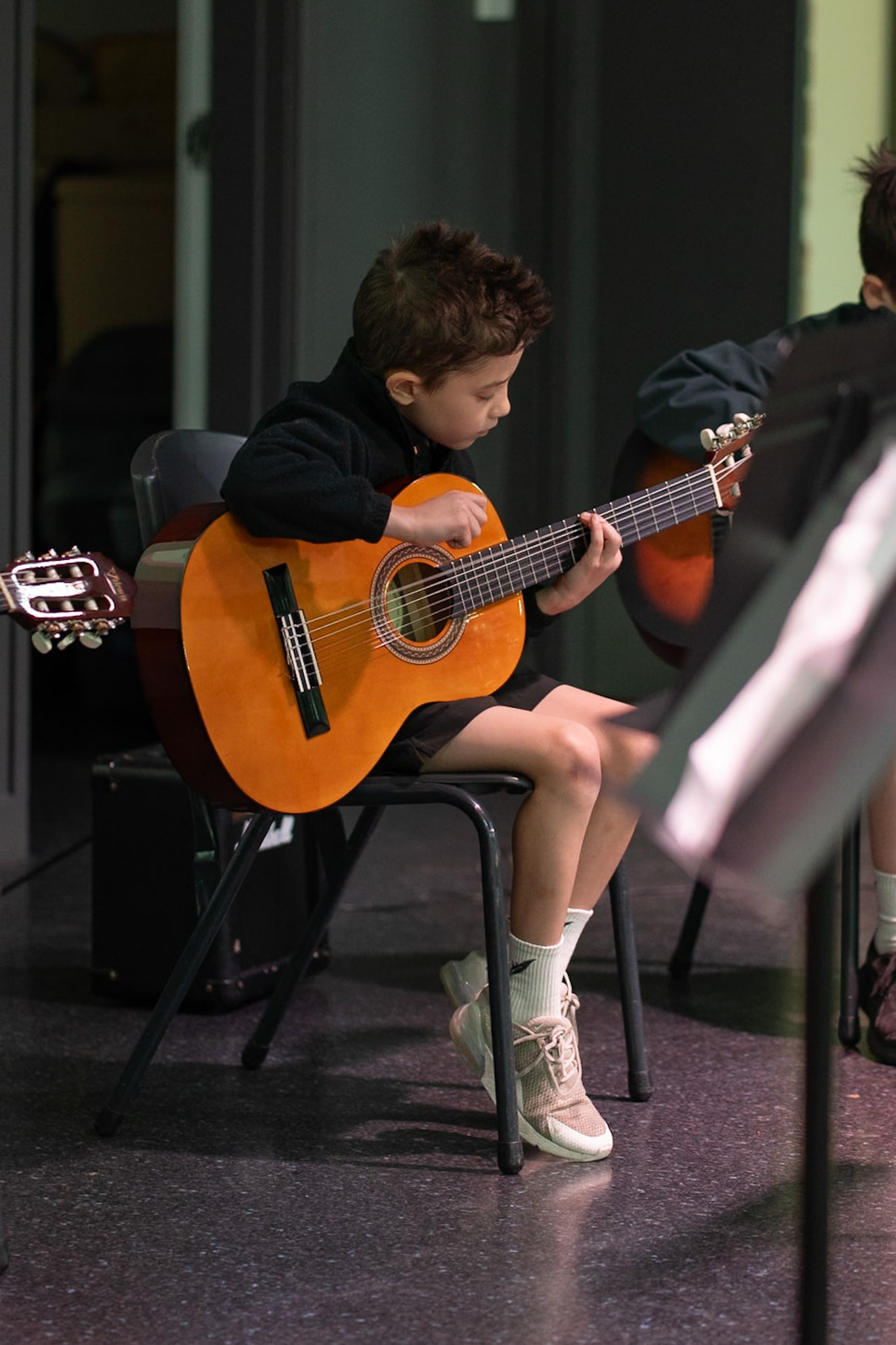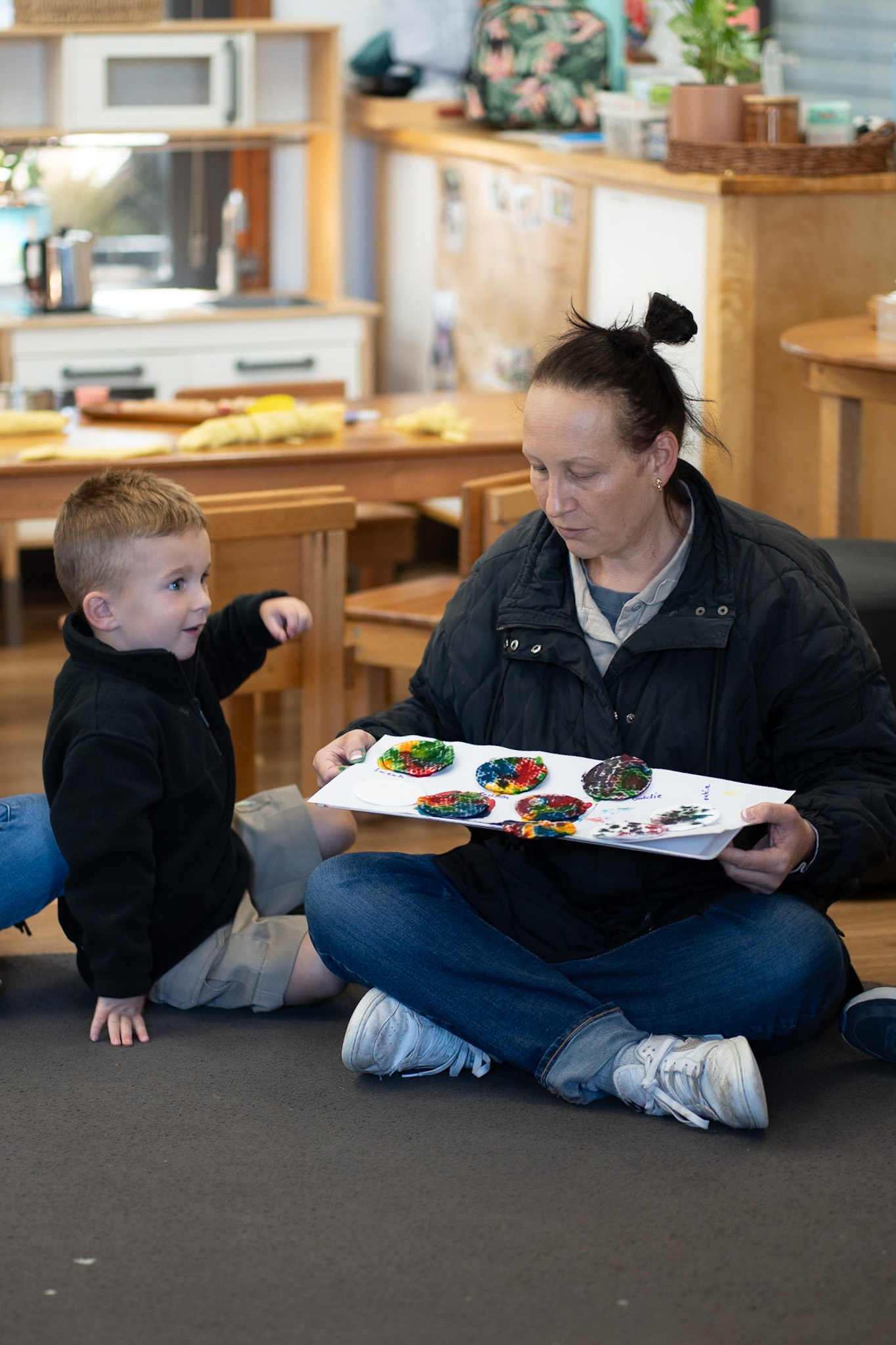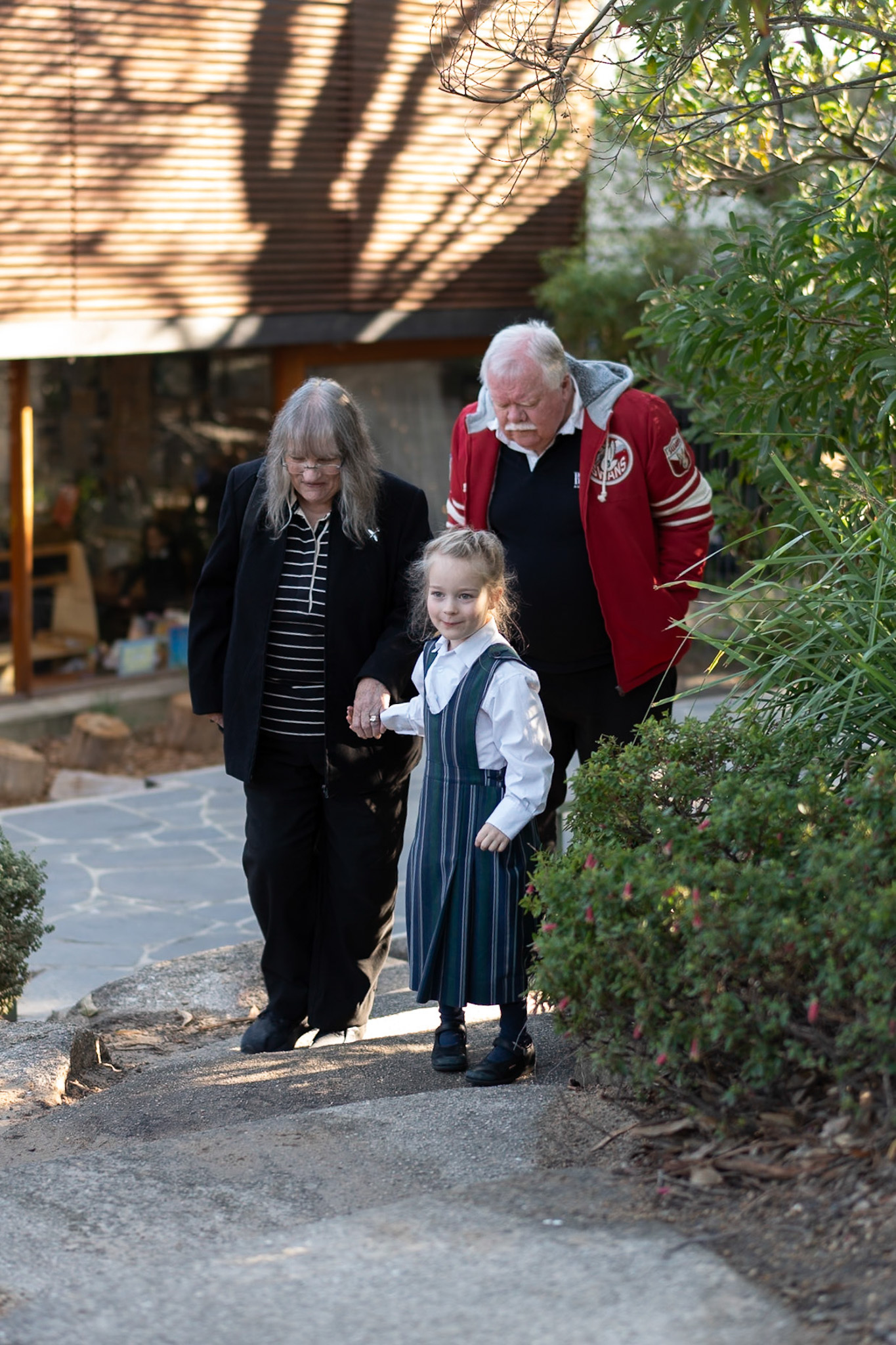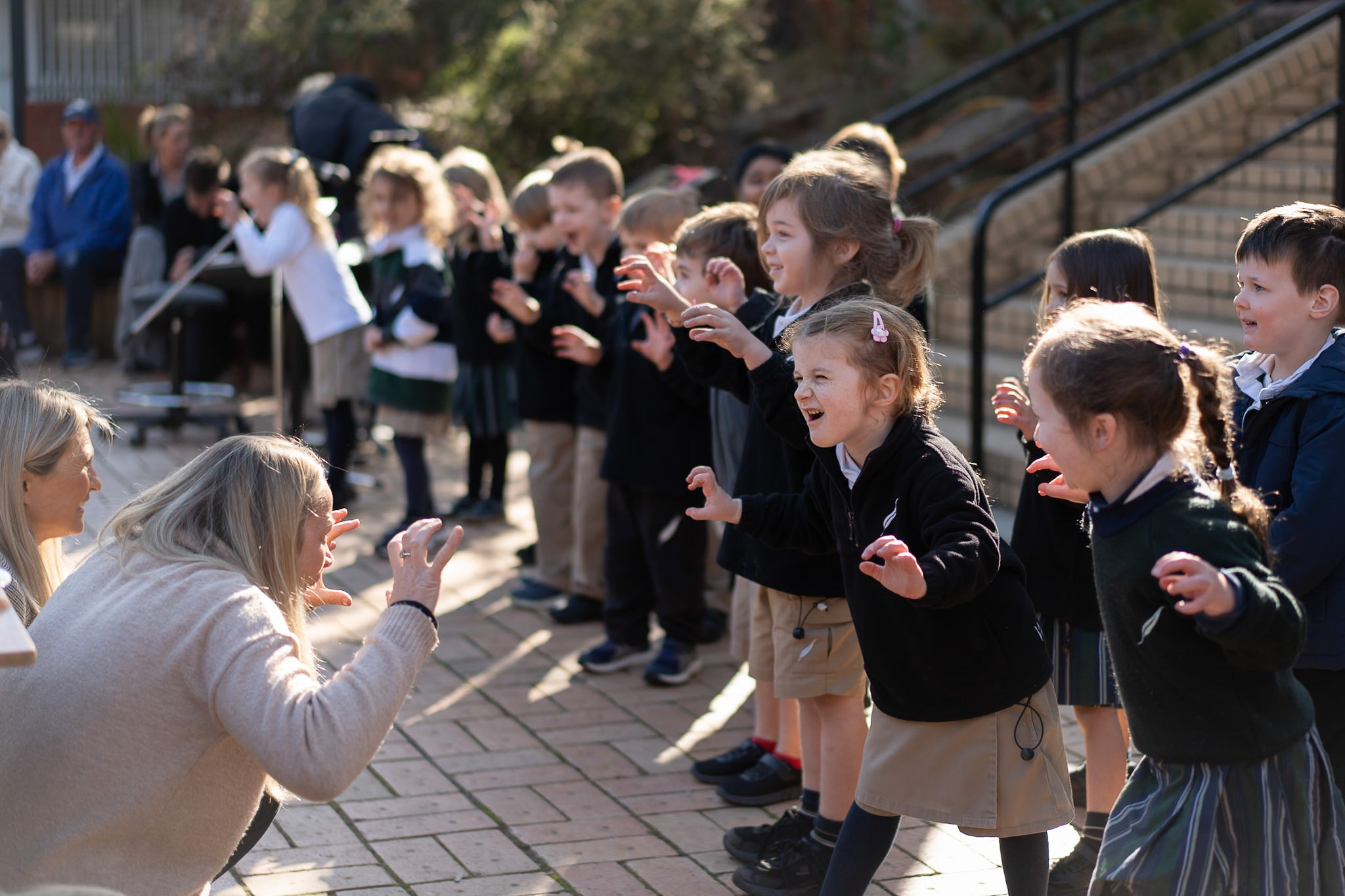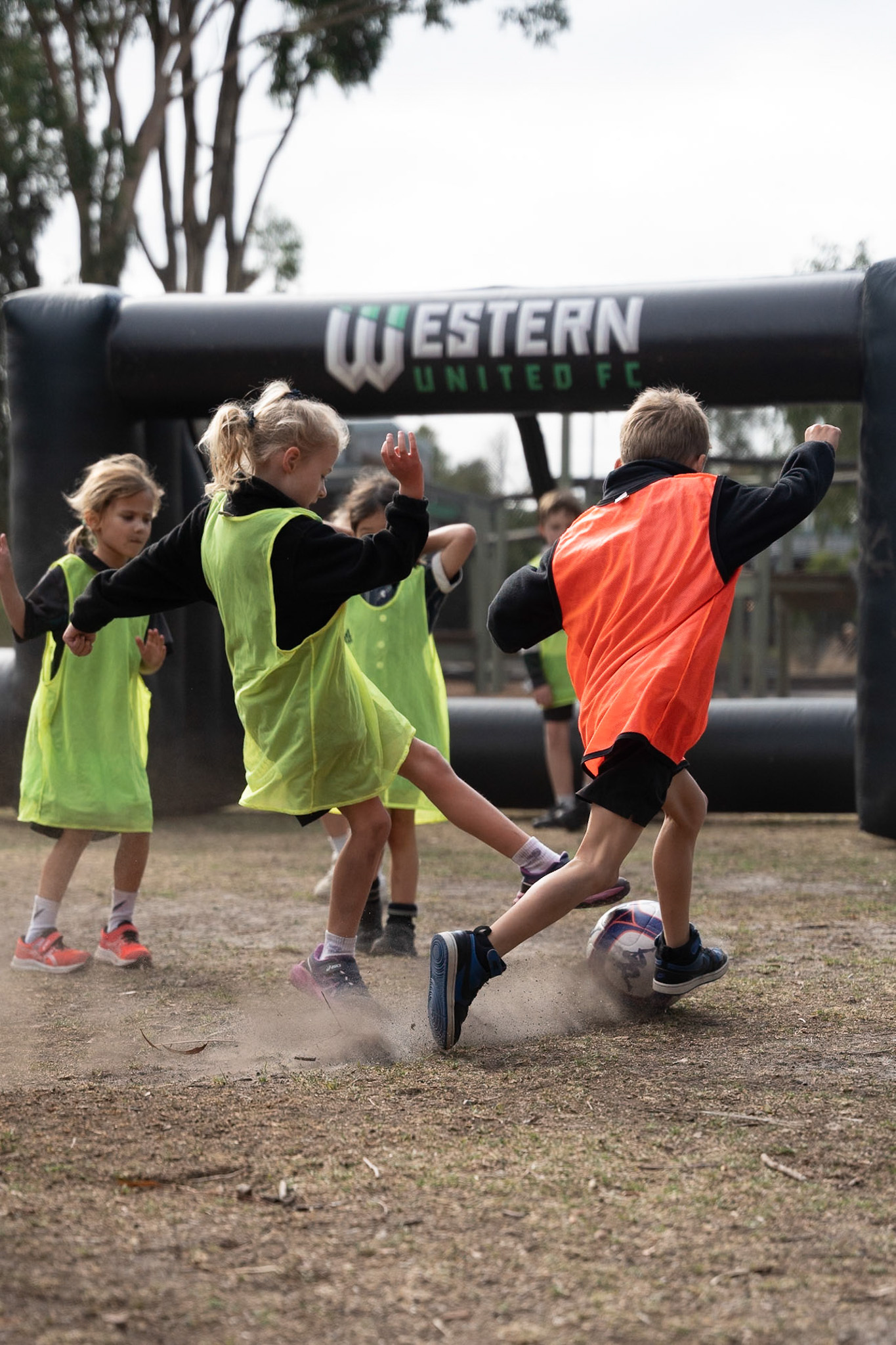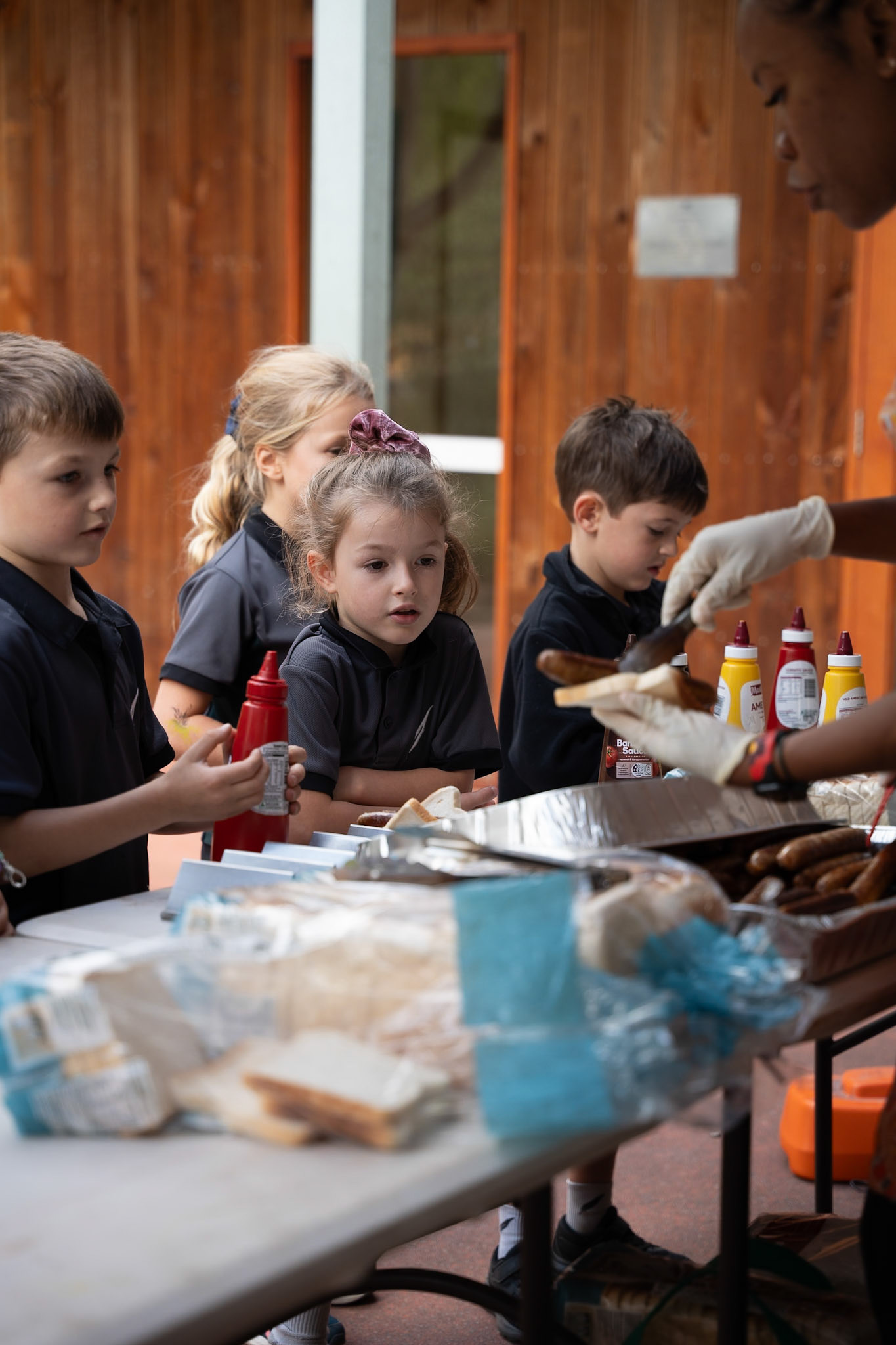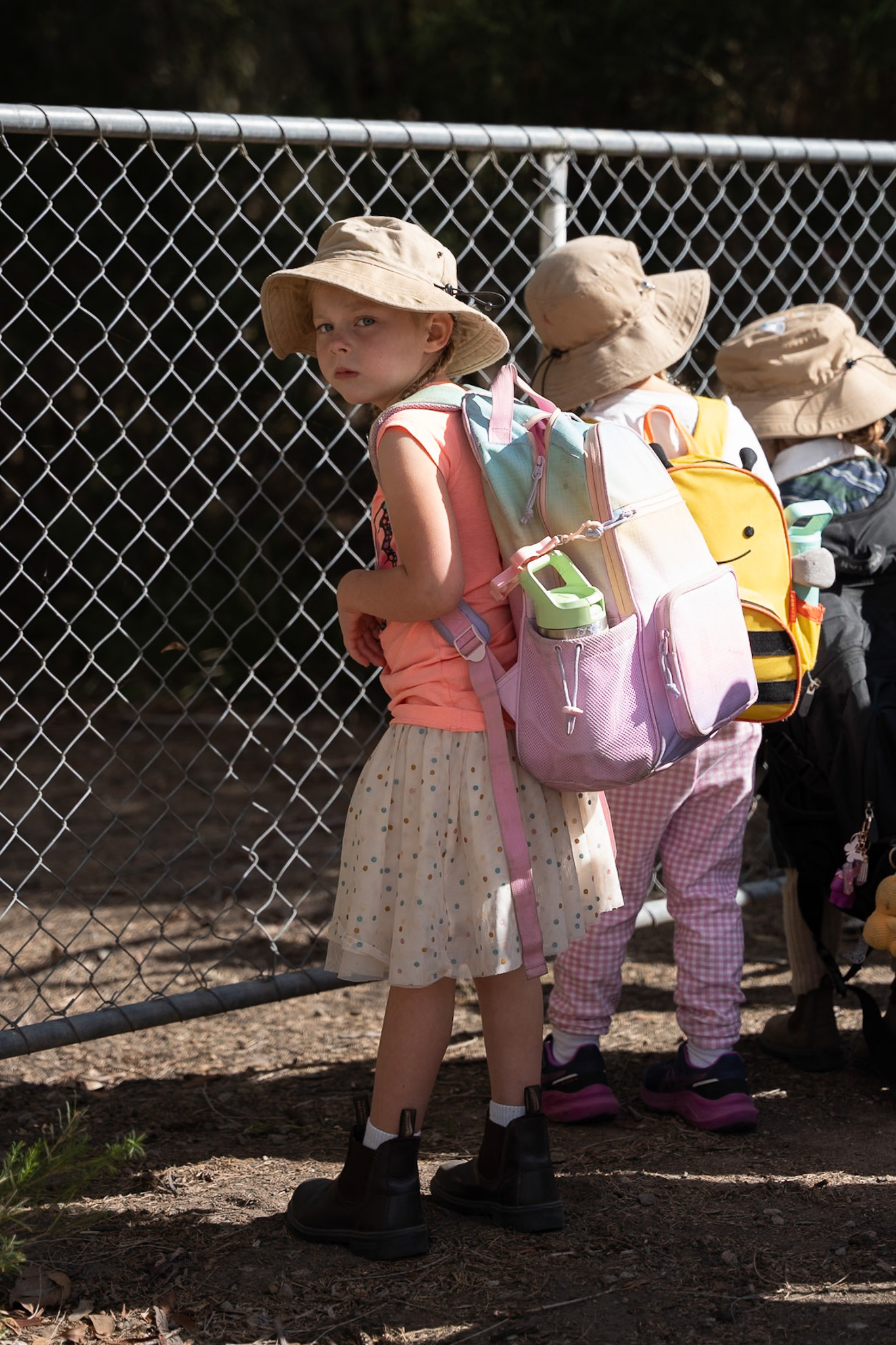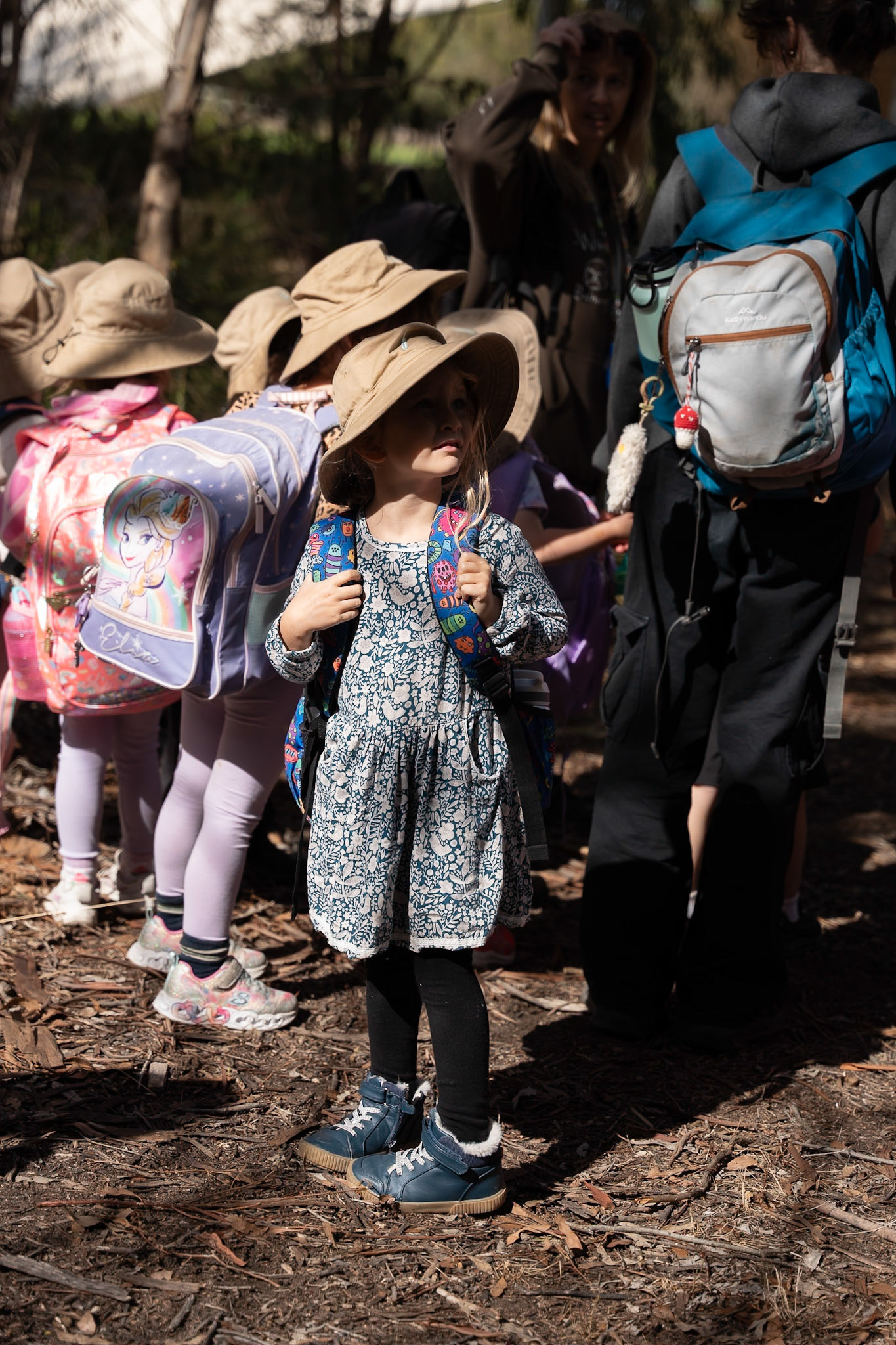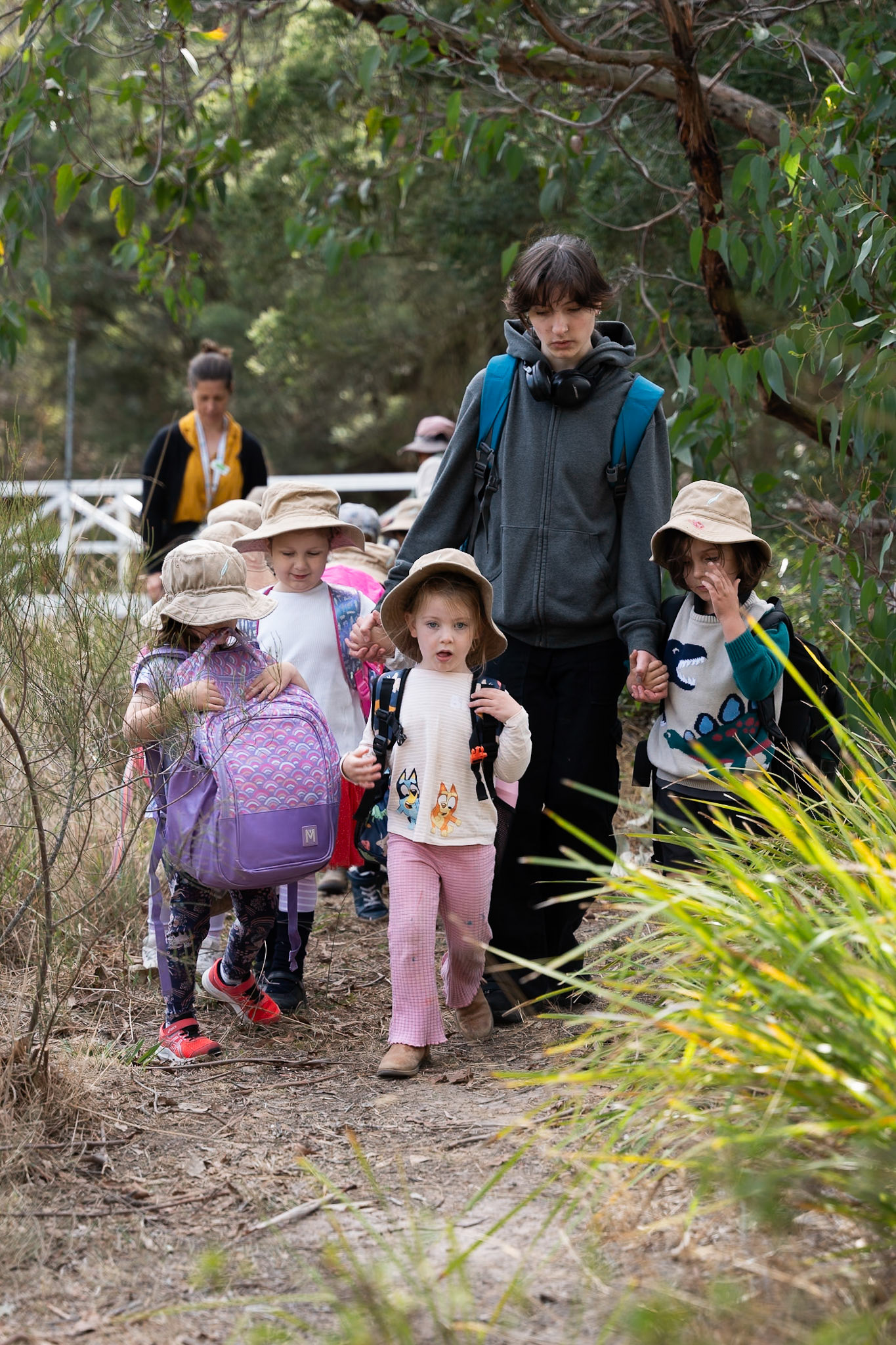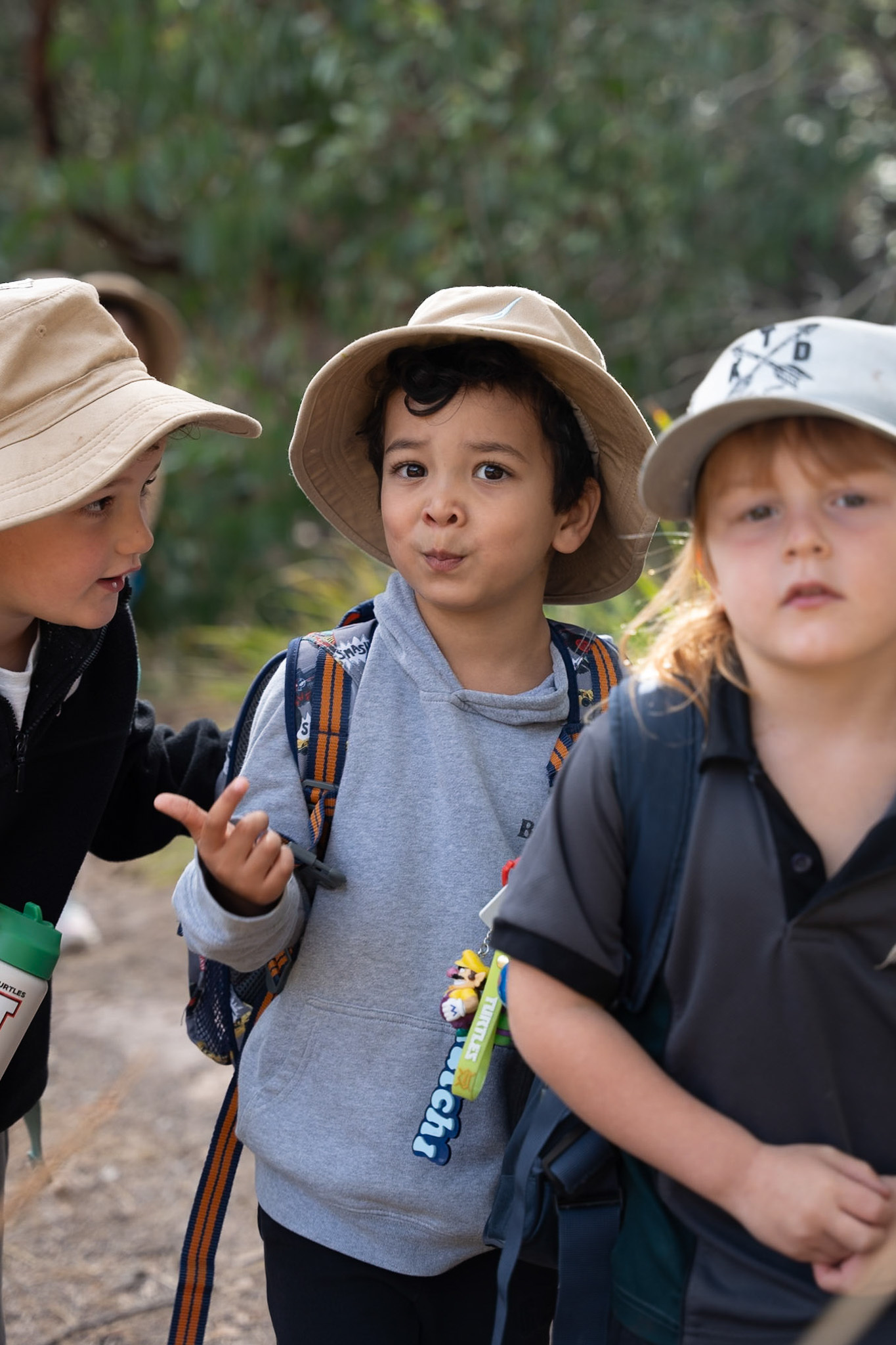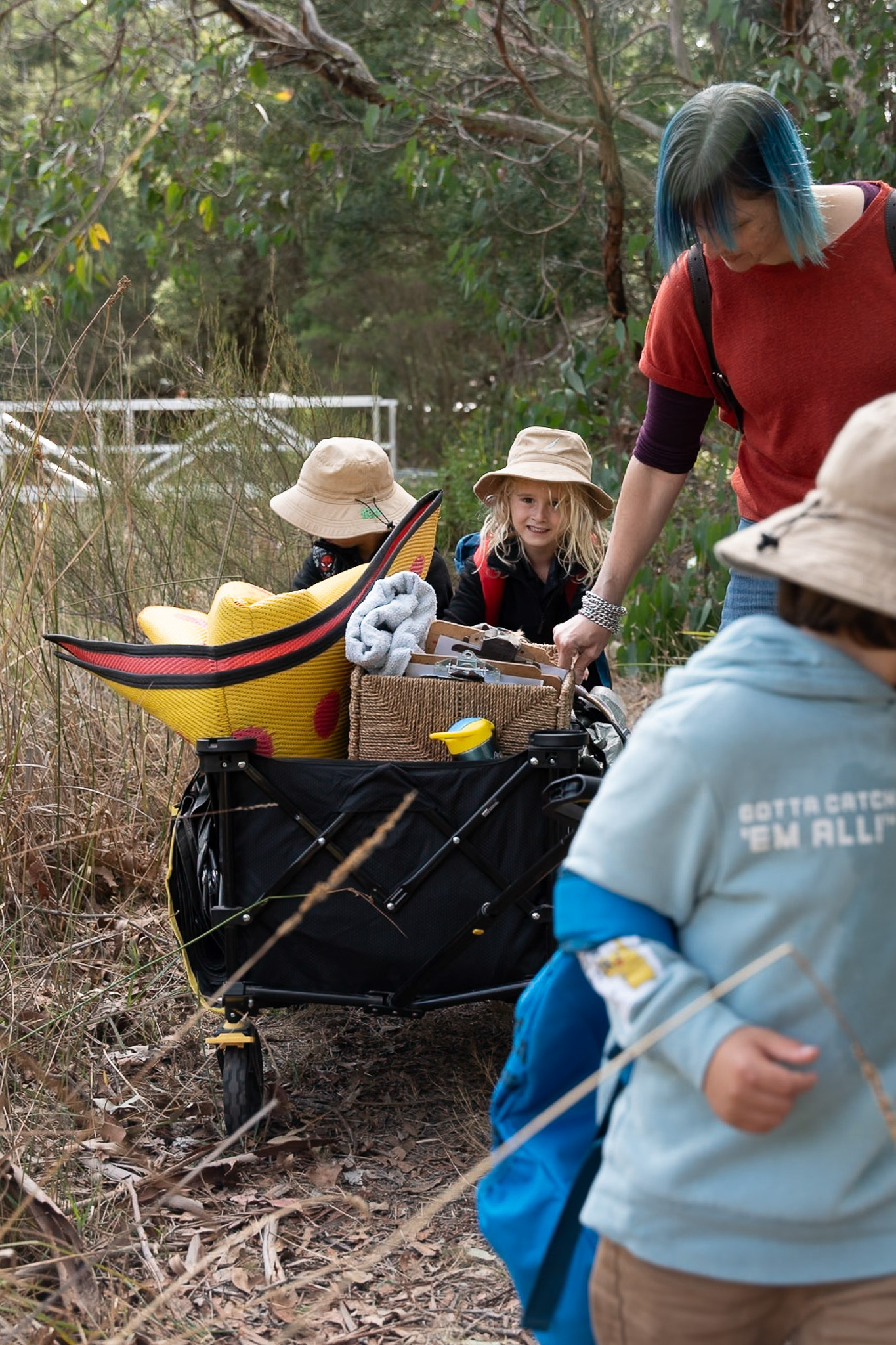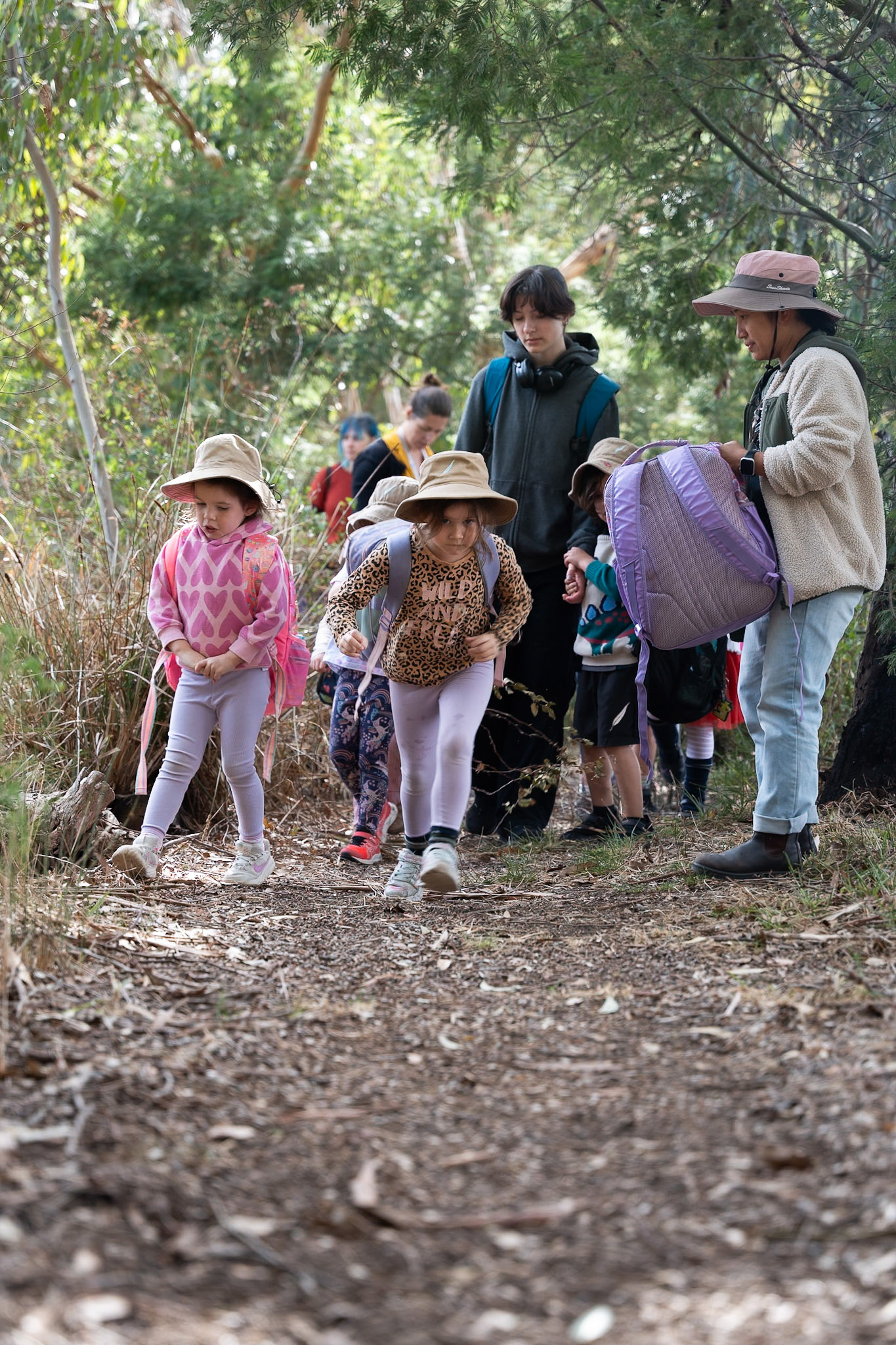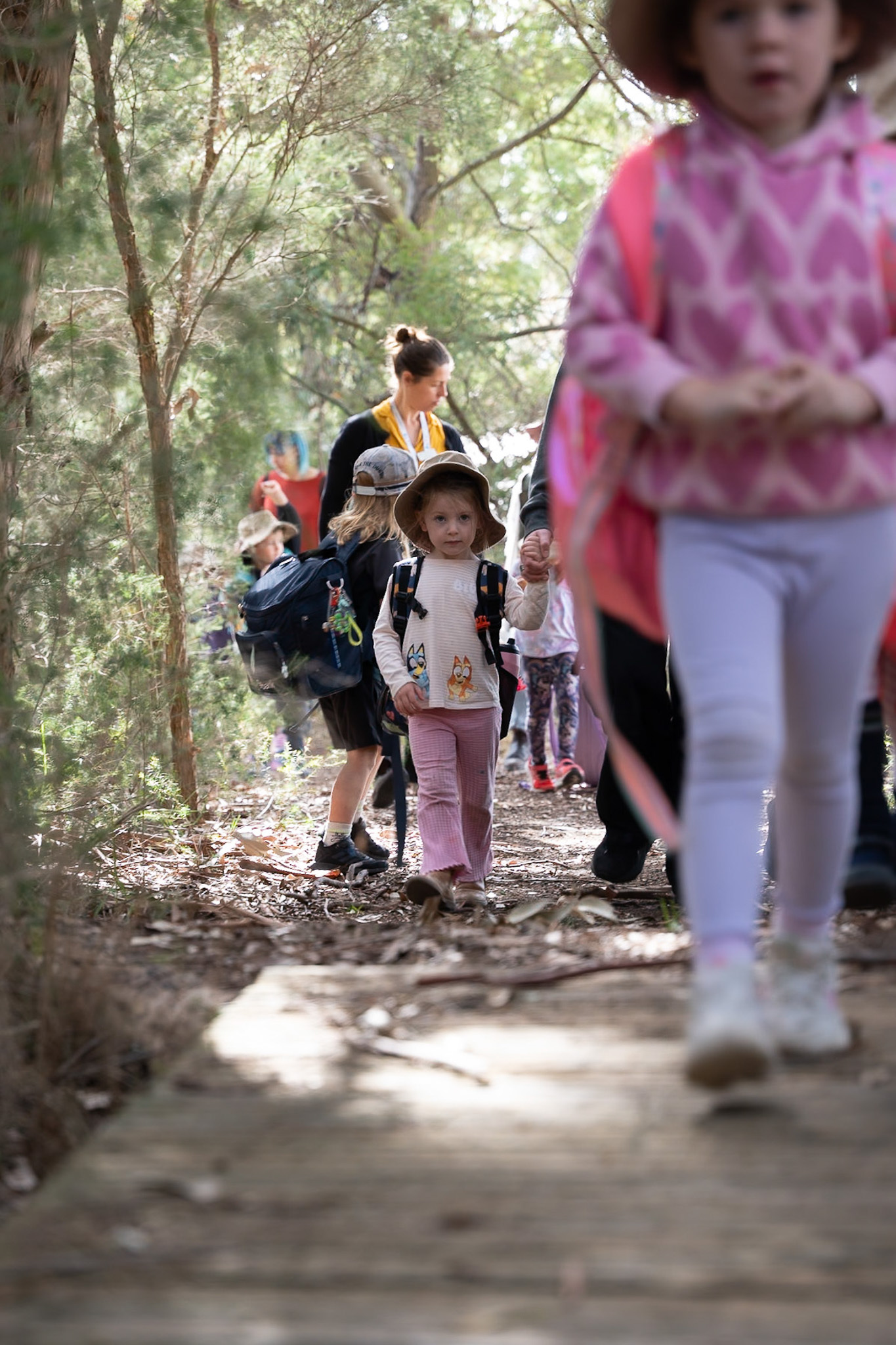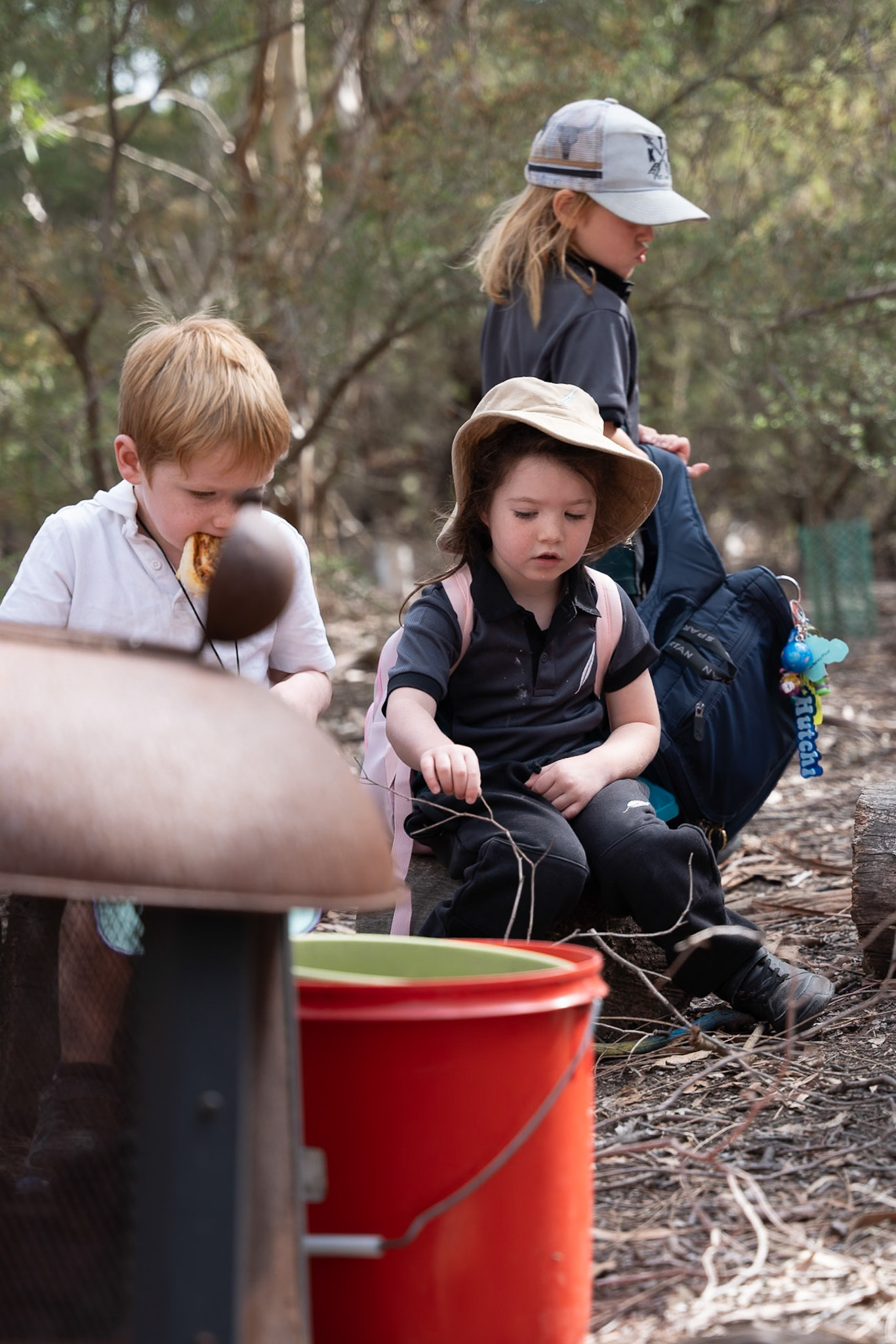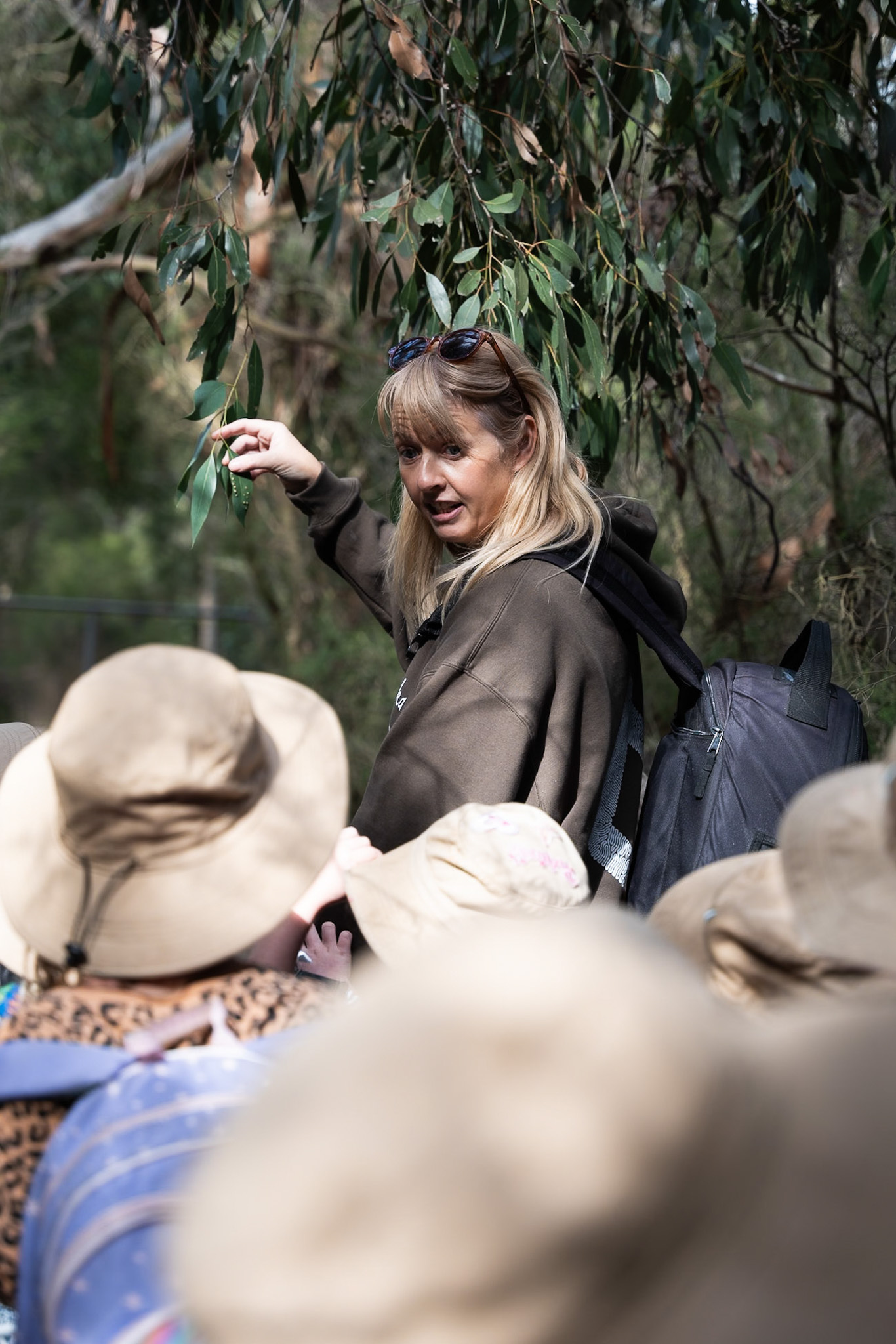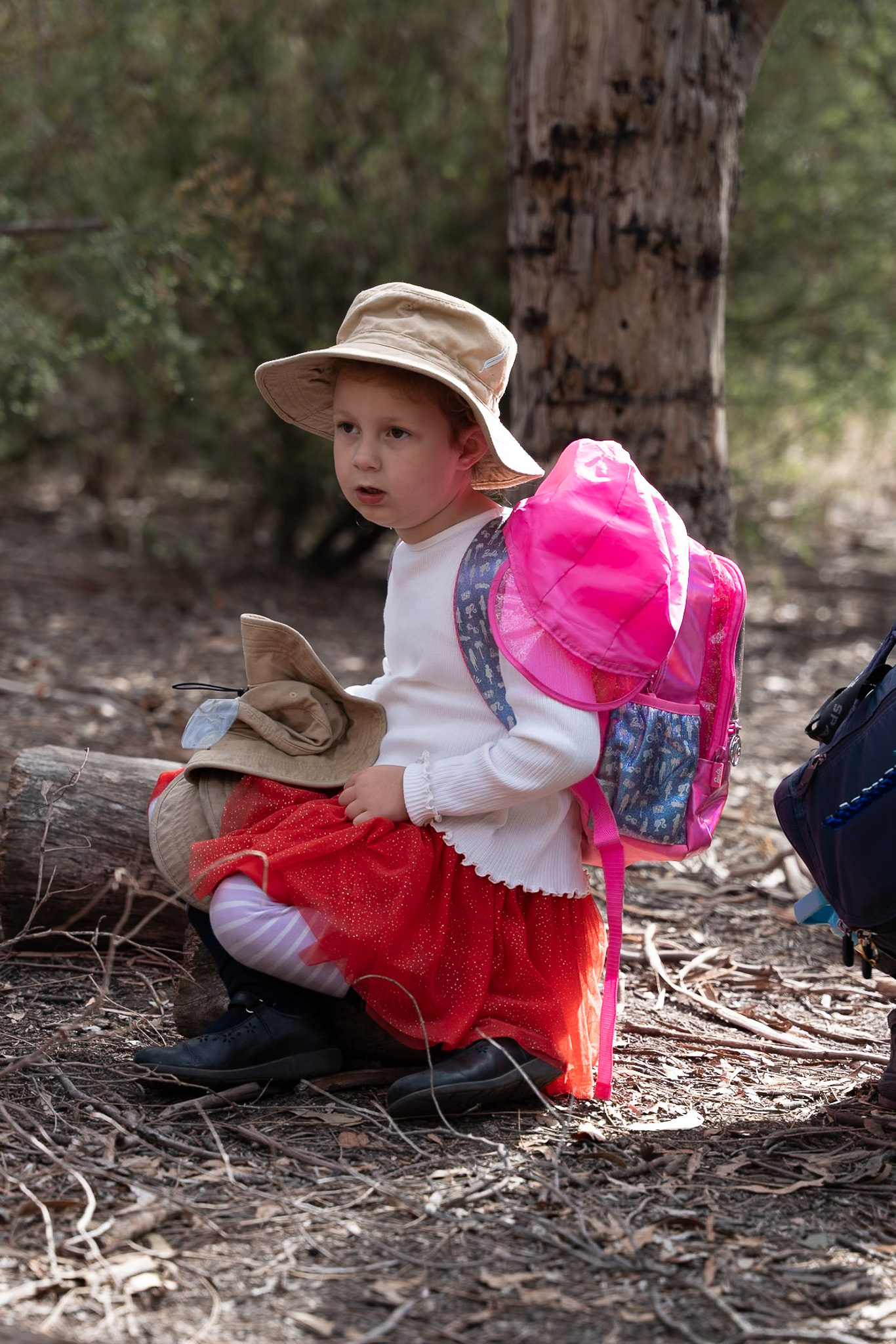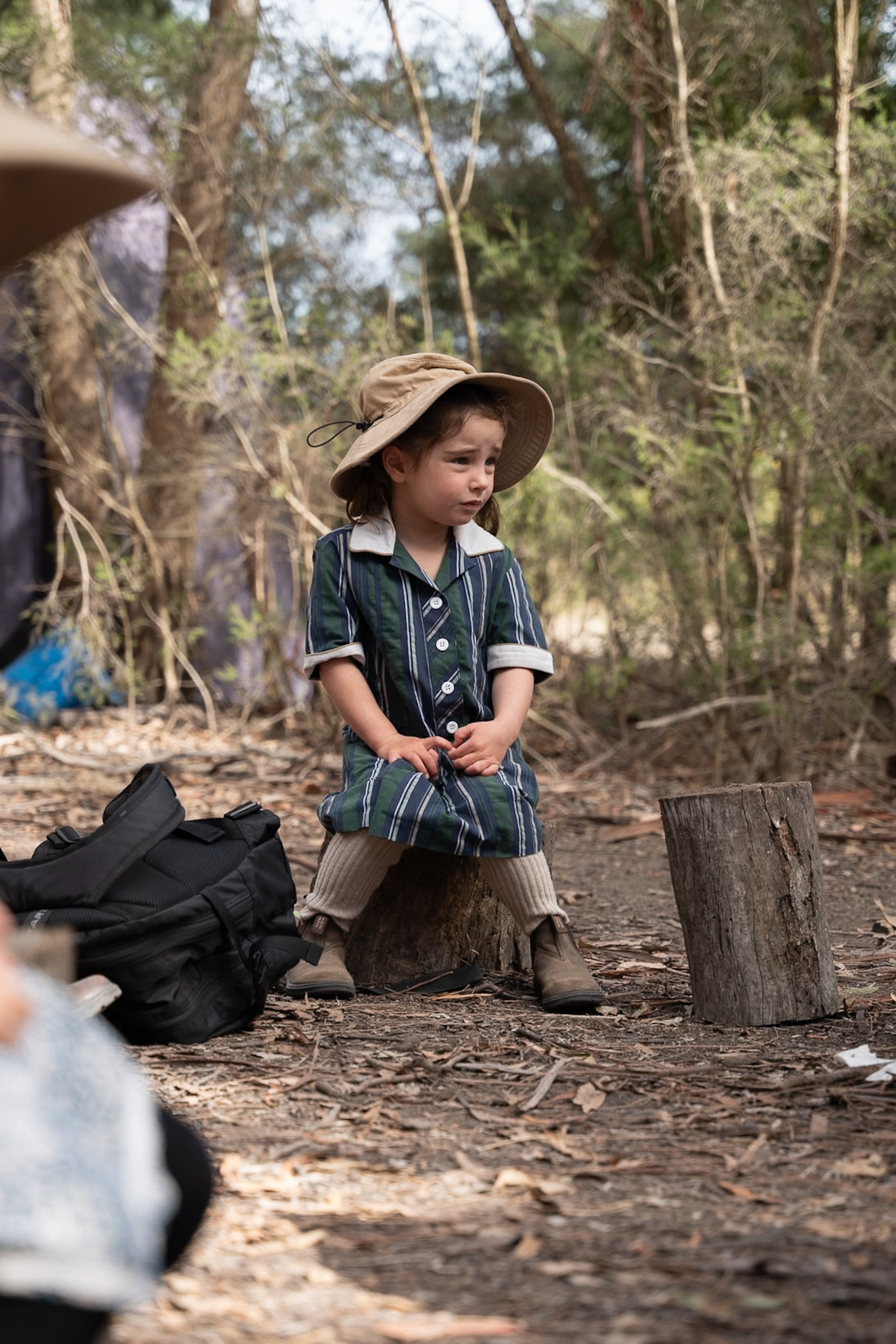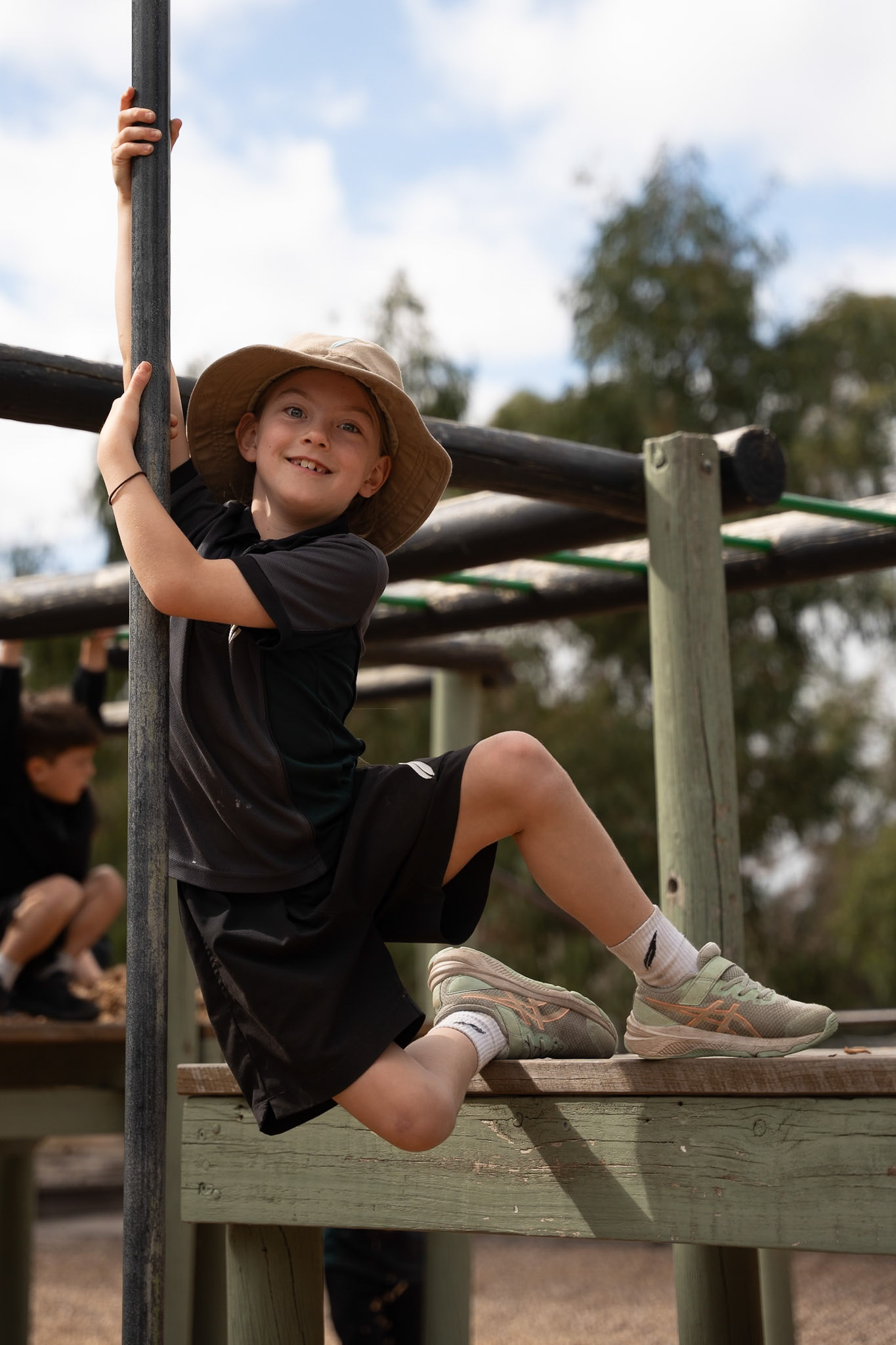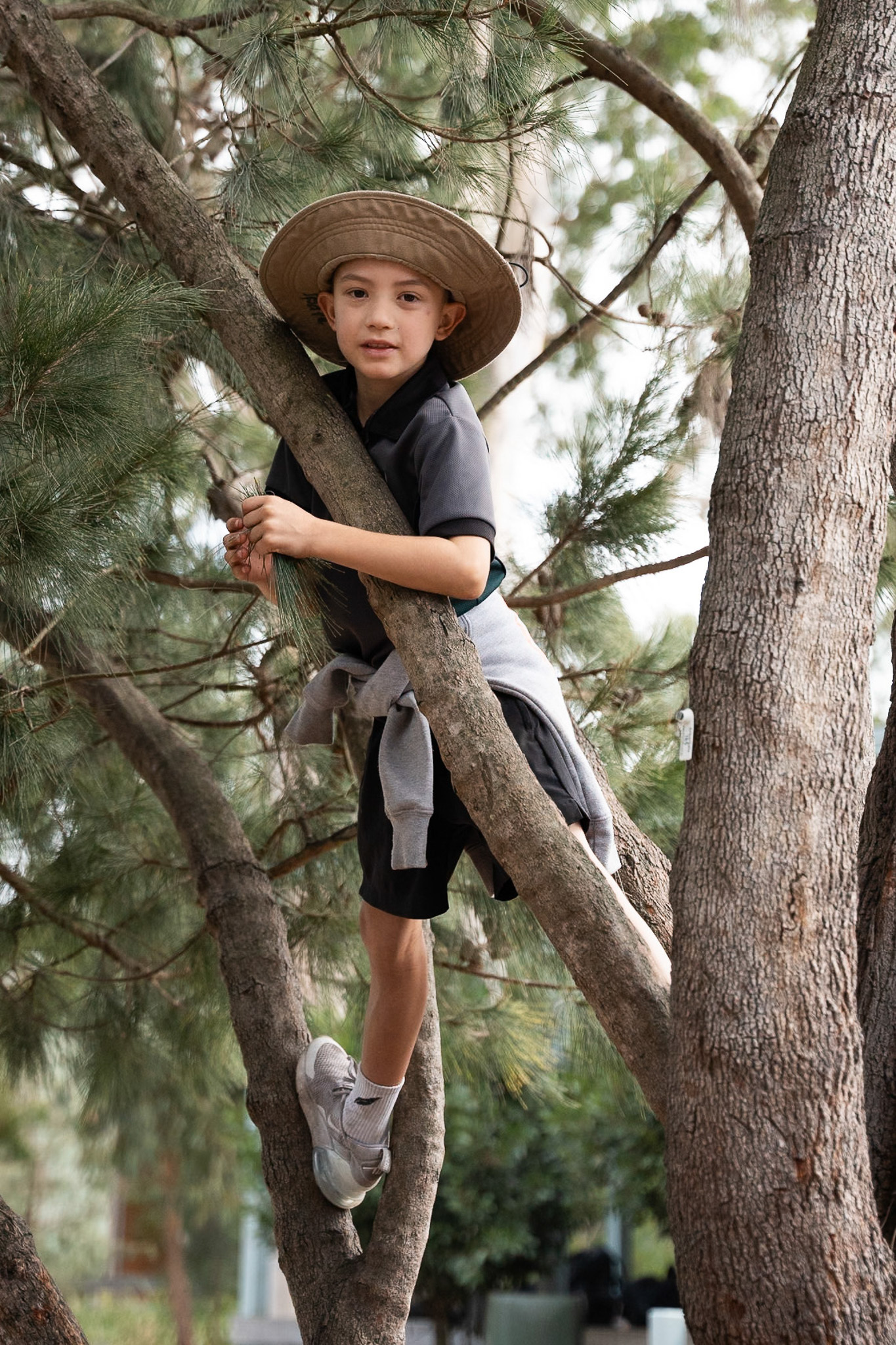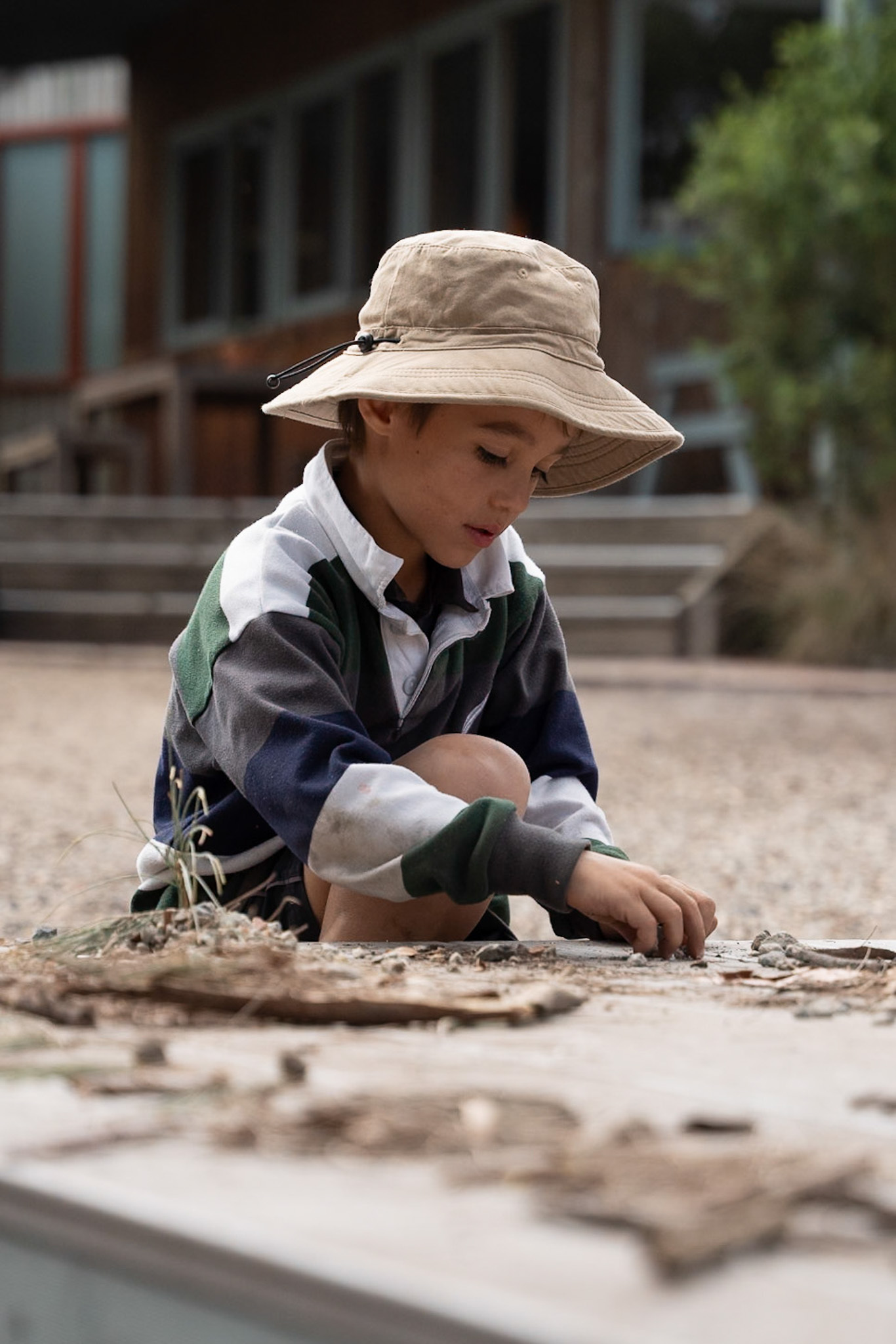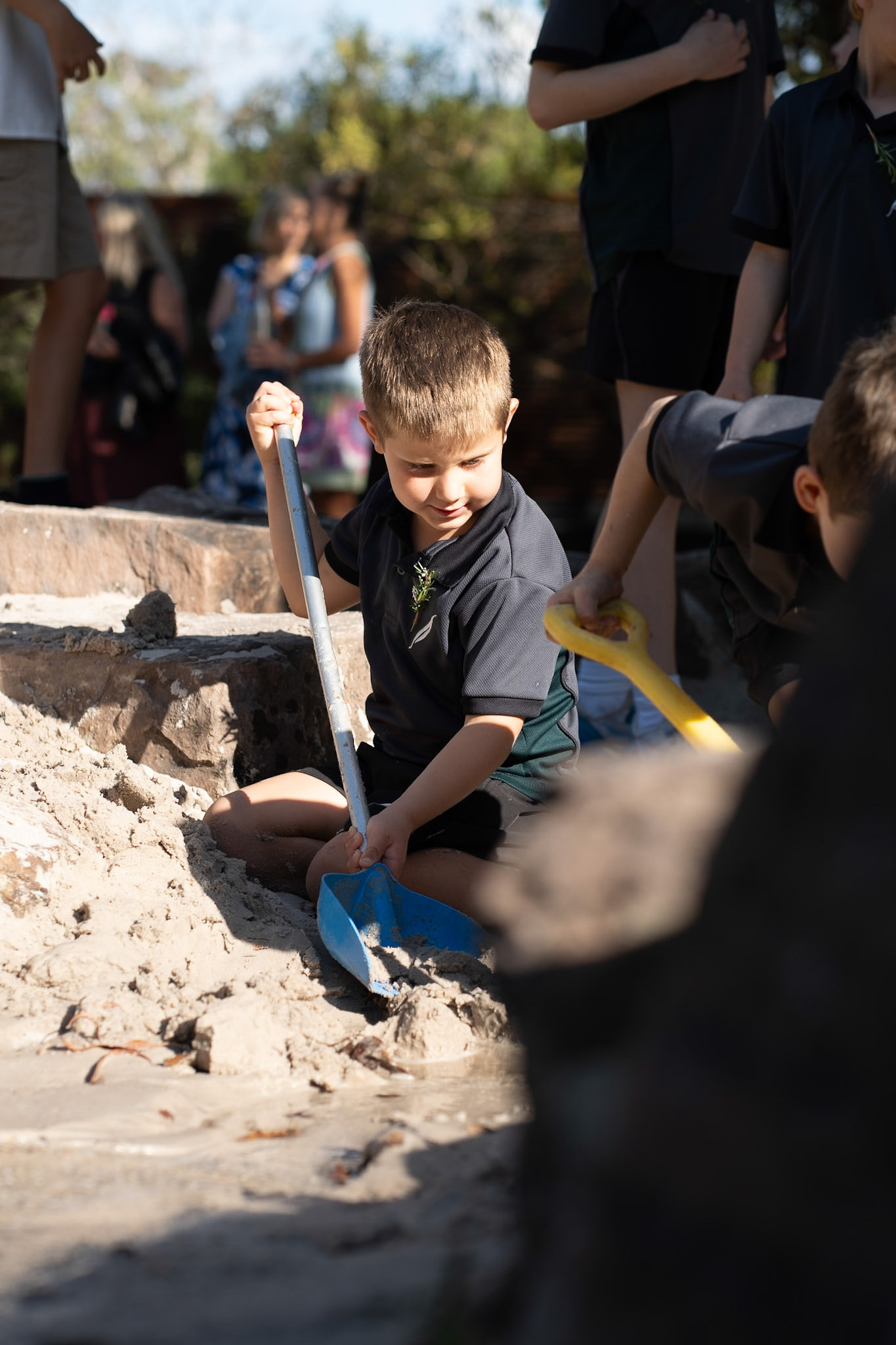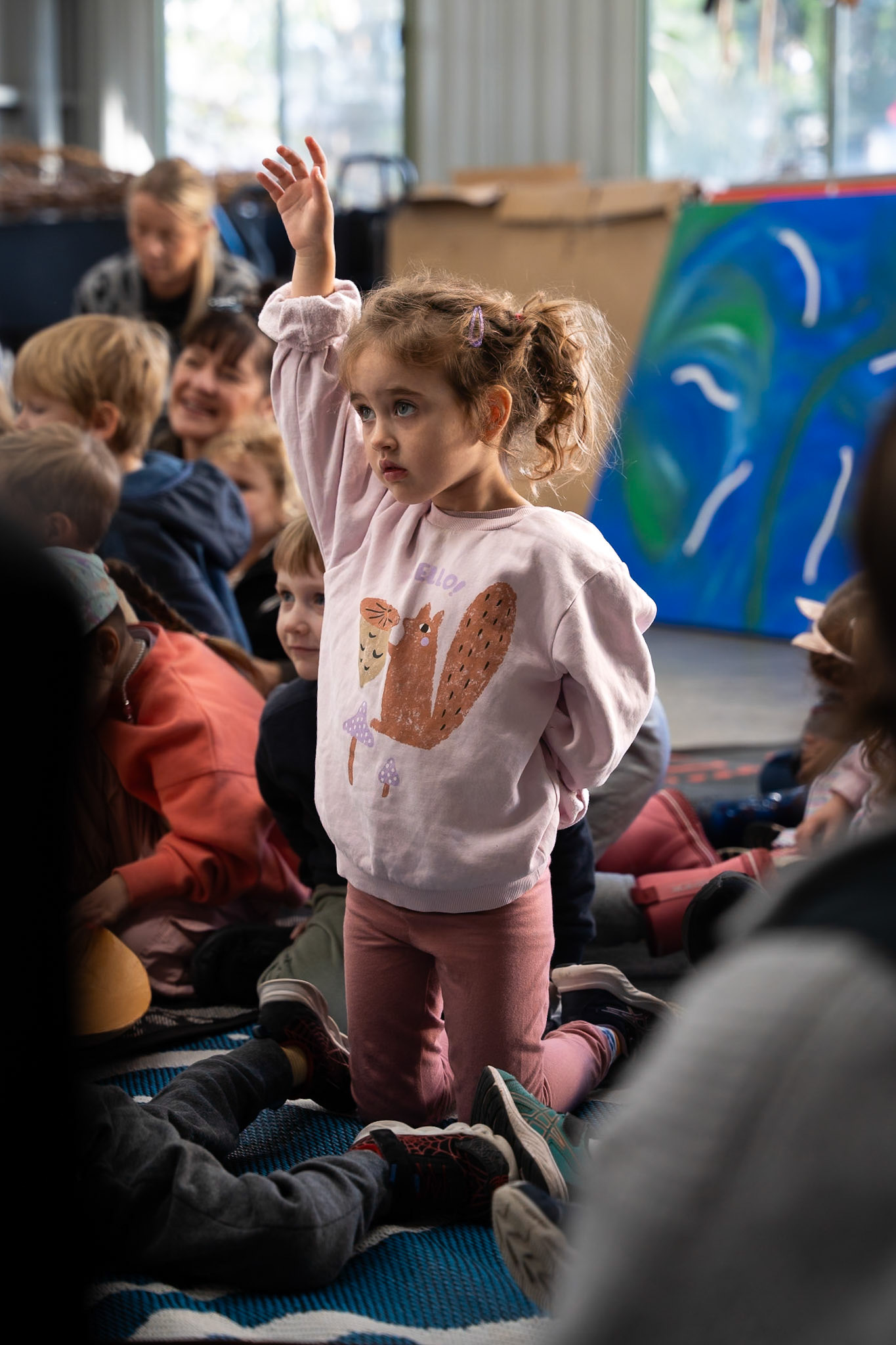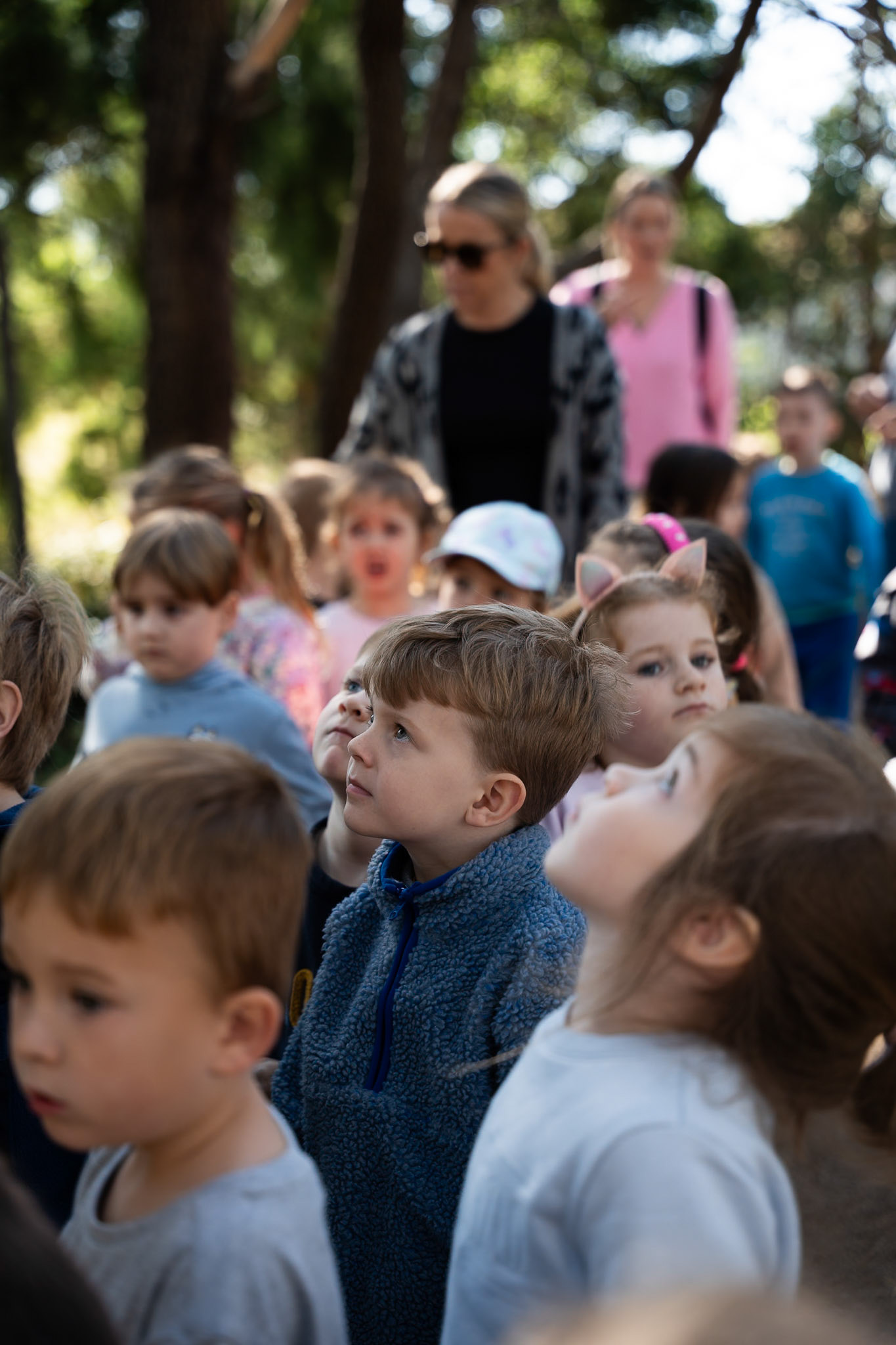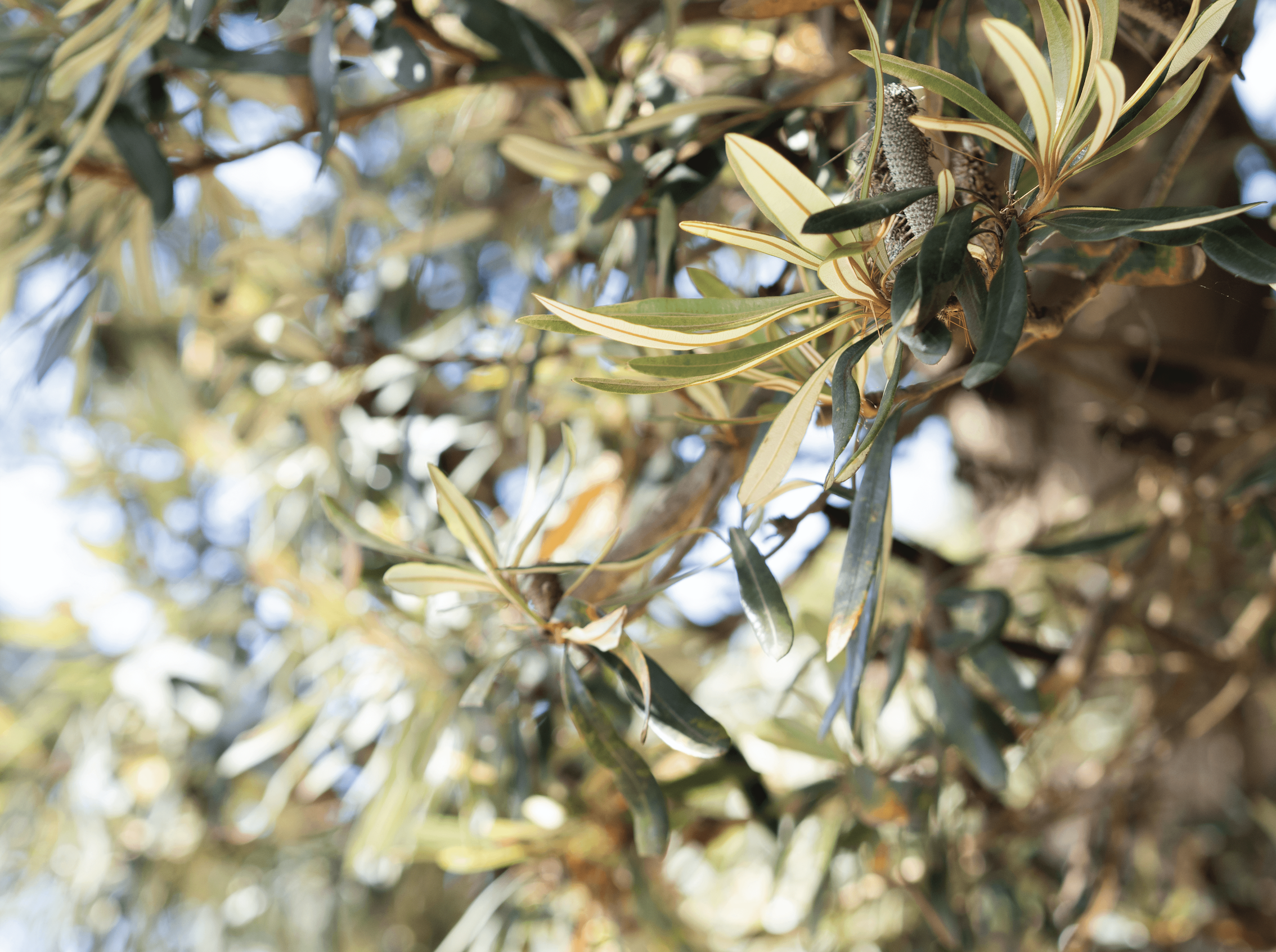
NASA's Challenge: Creative Thinking
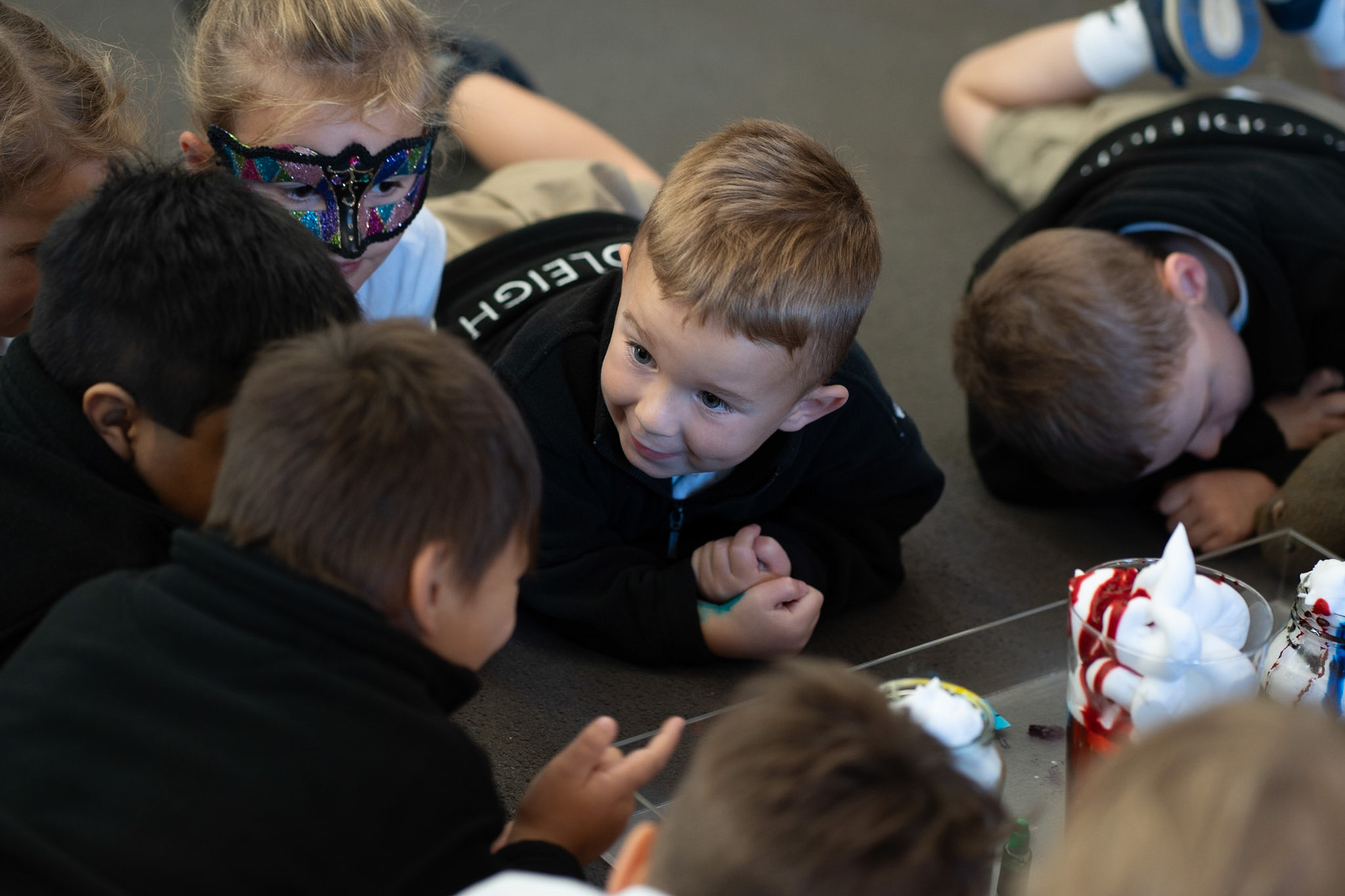

Share this article
In 1968, NASA faced a challenge: identifying the most innovative minds to help land humans on the moon. To solve it, they enlisted American scientist Dr. George Land, who designed a test to measure divergent thinking. That is, an ability to generate multiple solutions, make unexpected connections and imagine possibilities beyond the obvious.
The test worked; the first humans landed on the moon the following year. NASA found its people. But what happened next was just as phenomenal as a moon landing. Dr Land applied the same test to a group of children. 98% of 5-year-olds scored in the ‘creative genius’ range. Almost all school starters. Those same kids who sometimes have glue in their hair are employable by the National Aeronautics and Space Administration.
By the time these same five-year-old creative geniuses reached the age of ten, 70% of them had dropped off the range. By 15, only 12% remained and by the time they were adults out in the world, a measly 2%. What had changed after the age of 5? They went to school. How can a packed lunch and a classroom erode such potential?
When we talk about creativity, it is often related to painting and poetry – but creativity is how we think, how we problem-solve, adapt, innovate and connect emotionally to others. It’s what allows us to navigate complexity and imagine different outcomes and better futures.
Traditional schooling systems can be at cross-purposes with this way of being in the world. By nature, traditional schools emphasise homogeneous outcomes, rights and wrongs and compliance. From the age of five, they are trained out of their natural curiosity and creativity.
What does this mean for our children today? The decline of creative genius is not an inevitable phenomenon. There is an antidote and it’s alive and well in our classrooms. Woodleigh embraces a philosophy that sees children as strong, capable and curious individuals. The Reggio Emilia Philosophy doesn’t ‘teach’ creativity, it protects and harnesses the creativity that’s already there.
Reggio Emilia principles have shaped Woodleigh’s Early Learning environments from the beginning. One of the most powerful ideas is that children reveal themselves using 100 languages. They hold a hundred ways of thinking, expressing and understanding; a metaphor for the ‘myriad forms with which life is manifested, and knowledge is constructed’ before they are asked to narrow their thinking to fit traditional academic moulds.
What children learn does not follow as an automatic result from what is taught; rather, it is in large part due to the children’s own doing, as a consequence of their activities and our resources.
Rod Davies, Director of Early and Primary Years, says, "We honour children's creative genius at Woodleigh by developing environments that are rich in provocation and possibility. We listen deeply, value process before product and celebrate and acknowledge wonder”. In Woodleigh classrooms, children are given the freedom to choose, initiate and lead within a thoughtfully structured environment. They grow with a sense of self that feels comfortable and connected. Through drawing, building, storytelling, movement, music and more, they investigate the world and their place within it. These are not just artistic outlets, they are tools for thinking, communicating and constructing knowledge.
One Woodleigh ECC student had an idea to create a giant peace symbol, using real people, and the bigger the better. This spark of curiosity from a 4-year-old, listened to and acknowledged by his educators, set in motion an entire community’s coming together for what is now known as The Peace Project. It was recorded and shared with children across the world. If we begin to view learning as a connected, social process, we can understand children’s playful, joyous thinking as significant contributions to their learning, rather than idle distractions.
So, next time your 5-year-old has glue in their hair, just remember that they’re better qualified for a job at NASA than you are.
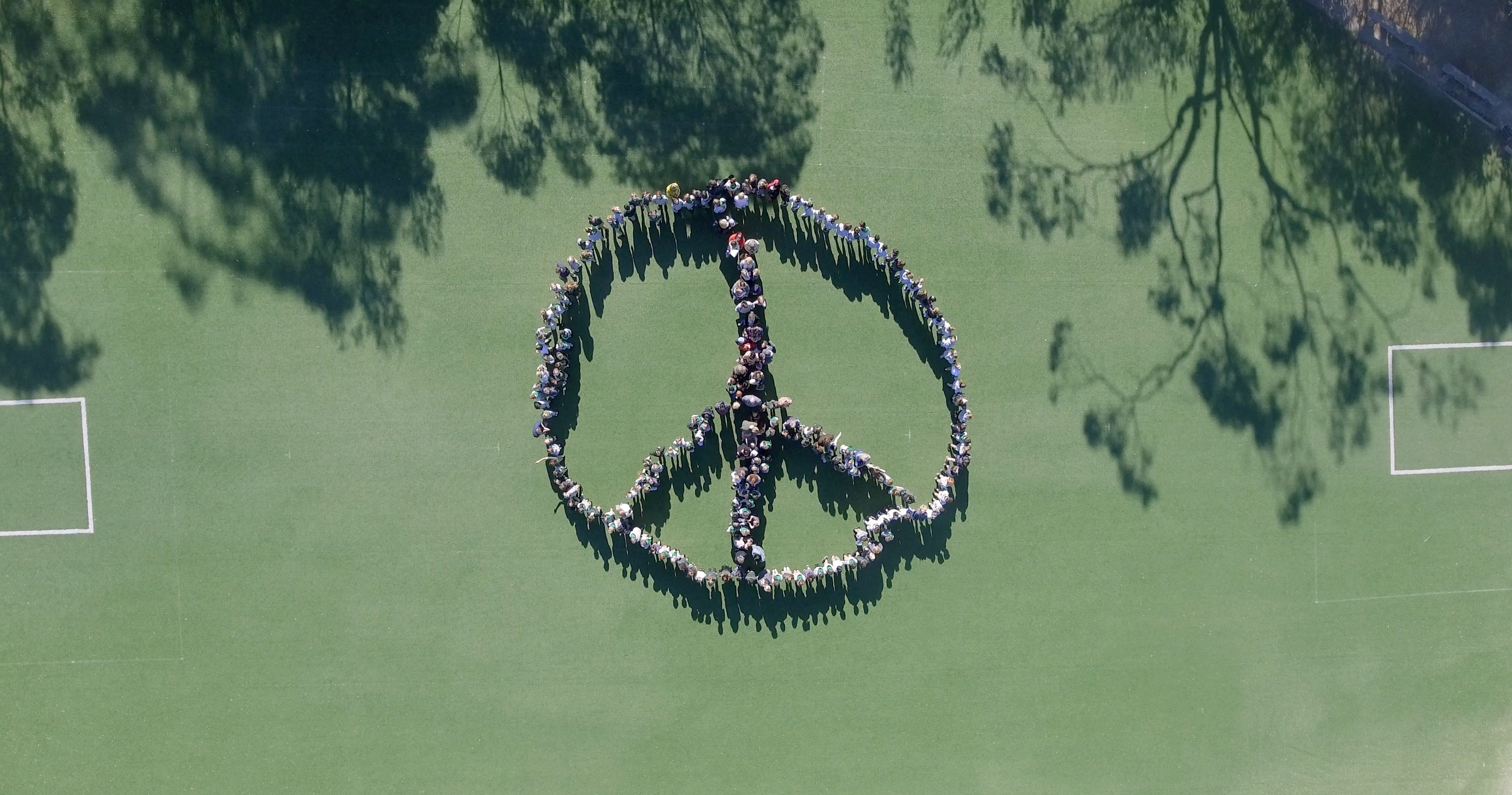
Keep reading
More articles from Woodleigh School
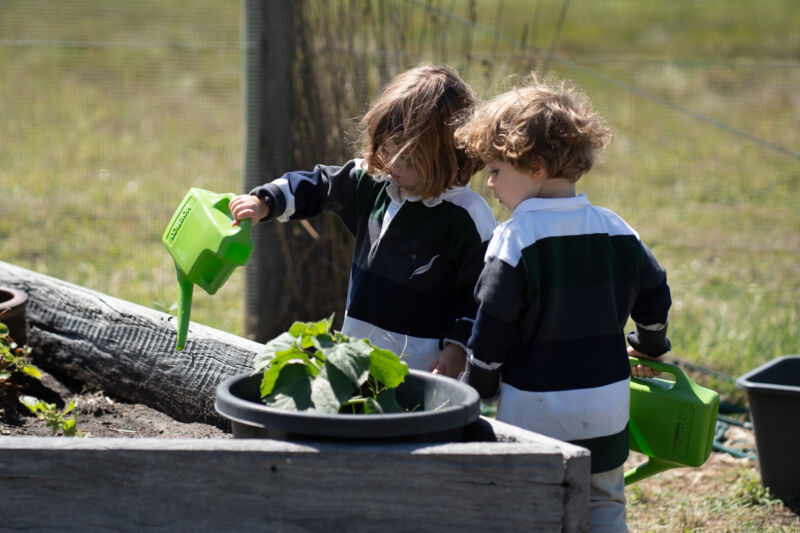
At Woodleigh, it's a time of curiousity, wonder and possibility.
Continue Reading
Hayley Macpherson (Woodleigh, 2010) is a force in theoretical astrophysics, currently a NASA Einstein Fellow in Chicago. She's returning to Melbourne next year to take a highly coveted faculty position at the University of Melbourne.
Continue Reading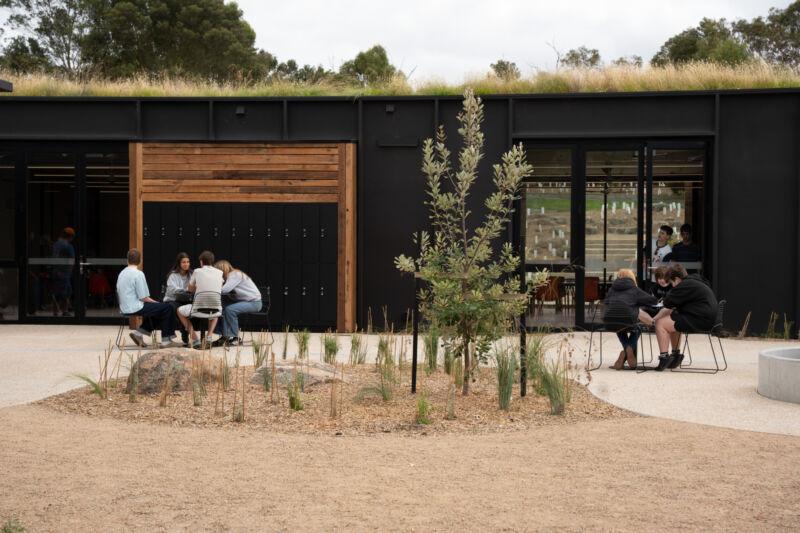
Woodleigh’s Futures Studio added another string to its bow in June, becoming a 2025 Victorian Architecture Awards Winner.
Continue Reading